

INJURY ADVICE
A helpful guide to claiming compensation for accidents
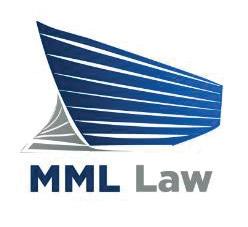
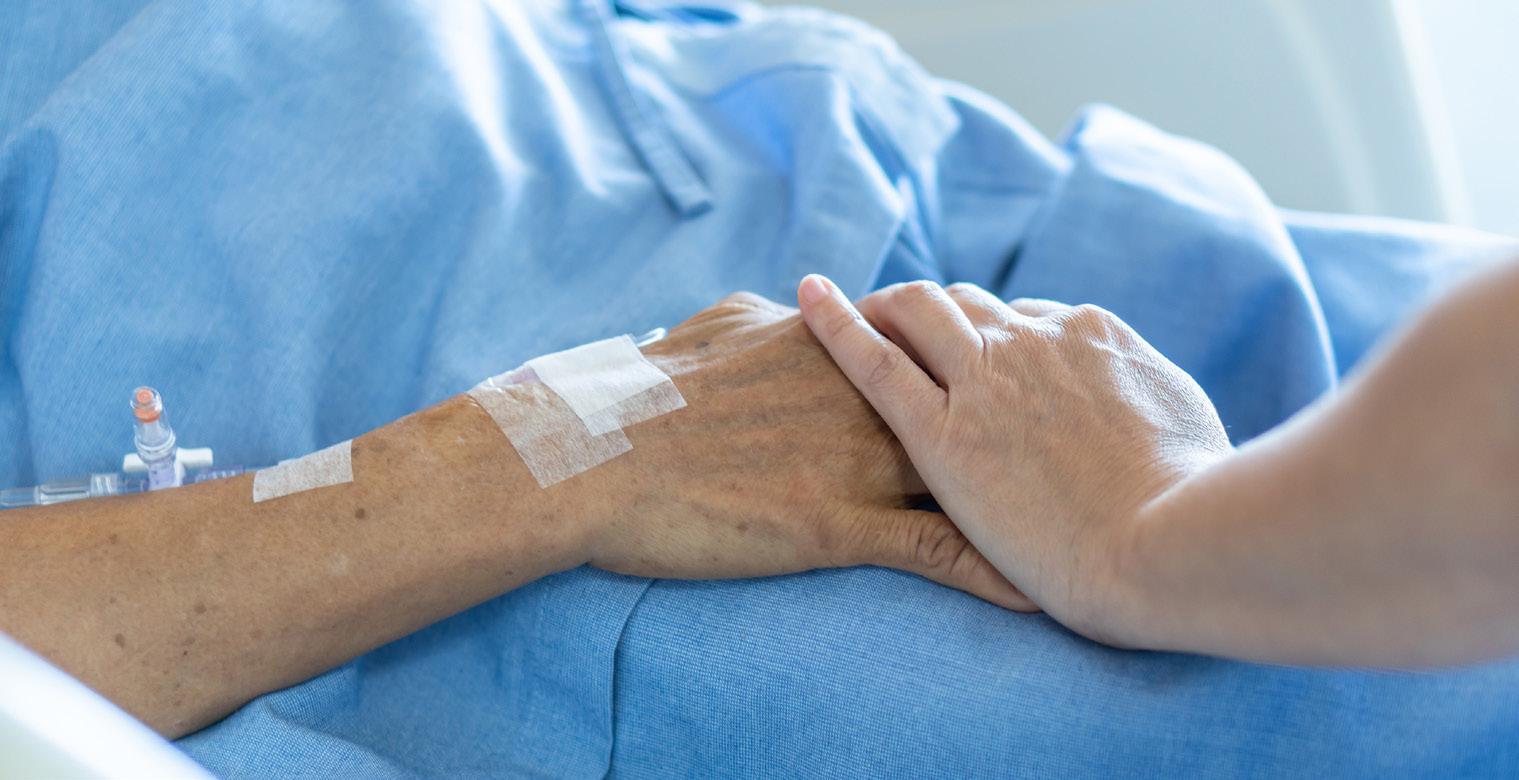
Accident / Negligence
MML Law have been assisting clients with accident, medical and personal injury claims for more than 25 years. You have three years from the date of an accident/ medical negligence to raise a claim for compensation.
Speak to us today if you’ve been injured or physically impaired through no fault of your own. Occasionally, those responsible for carrying out medical procedures can make mistakes, and treatment may fall below the appropriate standard. If this happens, MML Law can assist and advise you.
Legal Services:
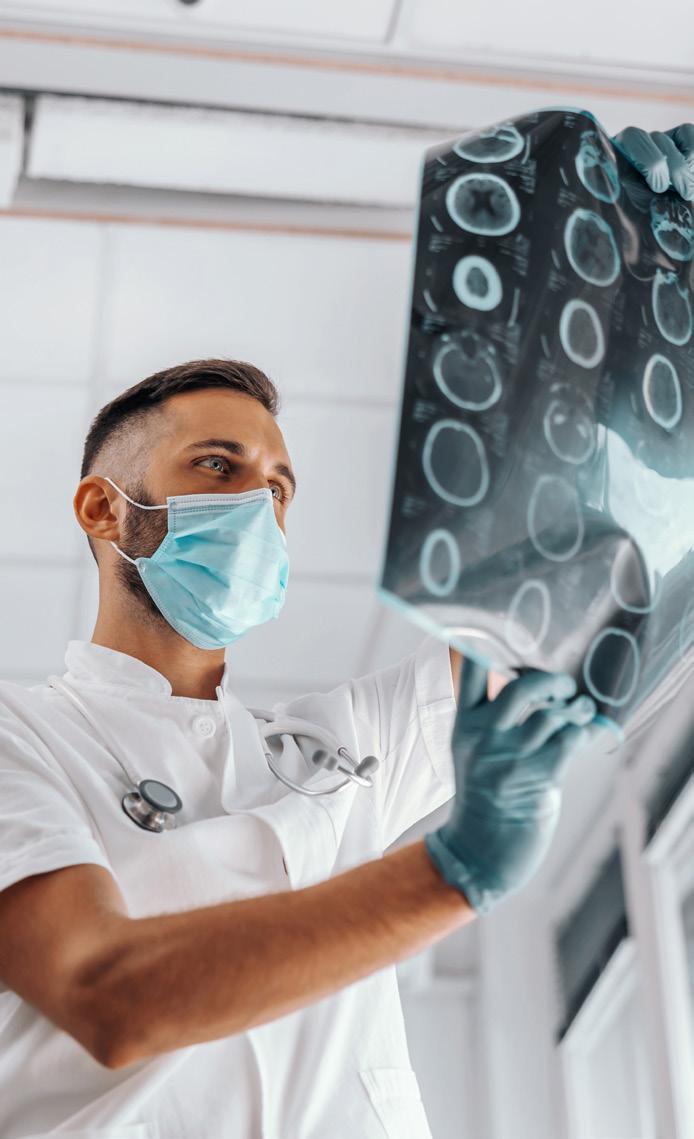
Accident / Negligence
Criminal Law
Dispute Resolution
Employment Law
Family/Separation
Future Planning
Regulatory Representation

Meadowplace Building Bell Street, Dundee DD1 1EJ
https://www.mmllegal.co.uk/legal-services/accident-negligence
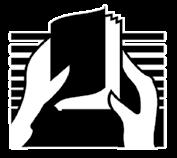
The Healthcare media range of literature is distributed to 158 Health Districts throughout the UK.
The Publications in the Healthcare media range are distributed free of charge to the general public through outlets comprising of Doctors Surgeries, Citizens Advice Bureaus, Nursing Homes, Registrars and Bereavement Services, Crematoriums, Children’s Centres, Maternity Units, Care Centres/Programmes, Hospices, Charities and NHS Clinics & Hospitals.
(Different titles are distributed to different outlets according to their readership profile - Not all titles are distributed by all outlets mentioned herewith).
The publications aim to provide invaluable advice to readers and are financed through the inclusion of relevant beneficial local advertising.
The range of publications
Bereavement Injury Advice
Making a Will and Funeral Planning
Older Persons Community Care Mobility Advice
Private Healthcare
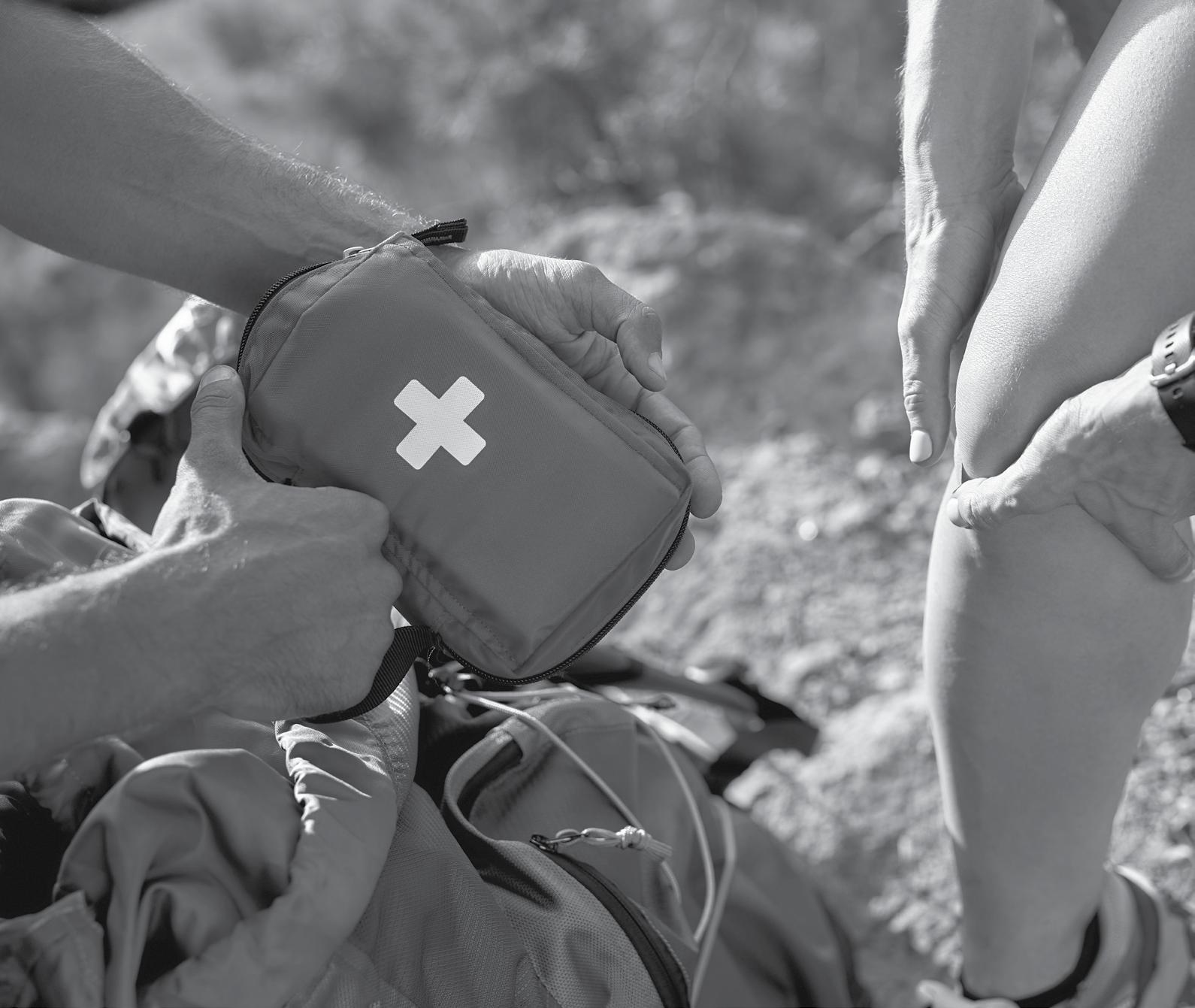
Regaining Your Independence Relationship Breakdown
Sight & Hearing
Work Related Injuries & Disease / Employment Issues
Pregnancy & Parenthood
Regional GP Appointment Cards
GP Antenatal Appointment Cards
Other products in the Impact range include
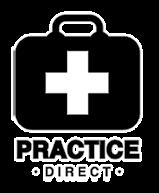
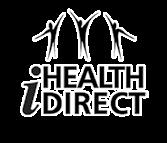
Please ask for a copy of the publications of your choice from your local range of outlets. If for any reason they do not hold stock of them please ask them to contact us or indeed feel free to contact us directly on the following links and request a copy of our publications via post or as a digital copy of any of the titles.


0115 944 7306
0115 944 0436


circulation@healthcaremedia.co.uk

www.impactonlife.com
This guide aims to give you an introduction to basic first aid in the event of an injury, as well as information about your legal rights concerning Personal Injury. A list of further contacts are provided towards the back of the guide.
BASIC FIRST AID
It can never hurt to learn some basic and emergency first aid - there are lots of books on the subject but the best advice is to book a course through the Red Cross, St. John Ambulance or your local NHS Ambulance Service.
In the following sections we have listed the most important steps in emergency first aid.
Primary Survey
Before you approach anyone who has been injured, you should conduct what is known as the Primary Survey. Remembering the acronym, DR ABC
Danger/Response/Airway/Breathing/ Circulation, you should check the scene for danger to yourself and the casualty (e.g., if someone has suffered an electric shock, make sure that the electricity has been turned off or attempt to move the person to a place that will be safe for you both using a wooden broom handle, for example). Then see if the casualty responds by shouting, ‘Can you hear me? Open your eyes’ and gently shaking their shoulders (under no circumstances should you shake a baby or young child).
If the casualty responds and there is no further danger, you should leave them in the position found and summon help, if needed. Treat any conditions found e.g., cuts or burns and monitor their vital signs (level of response, pulse and breathing). Continue monitoring casualty until help arrives.
Did you know…….British Red Cross research shows that 1 in 20 people would know what to do in a 1st aid emergency
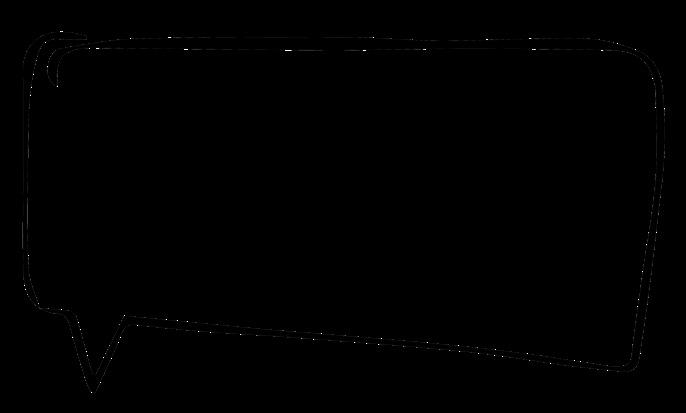
If the casualty does not respond, you should shout for help. If possible, leave the casualty in the position you found them and open the airway.
If this is not possible, turn the casualty onto their back and open the airway. This is done by placing one hand on the casualty’s forehead and gently tilting the head back, then lifting the chin using two fingers only. This will move the casualty’s tongue away from the back of their mouth.
Look, listen and feel for no more than ten seconds to see if the casualty is breathing normally. Look to see if the chest is rising and falling, and listen for breathing. You can also feel for breath against your cheek.
If the casualty is breathing normally, you should place them in the recovery position and check for other life-threatening conditions such as severe bleeding.
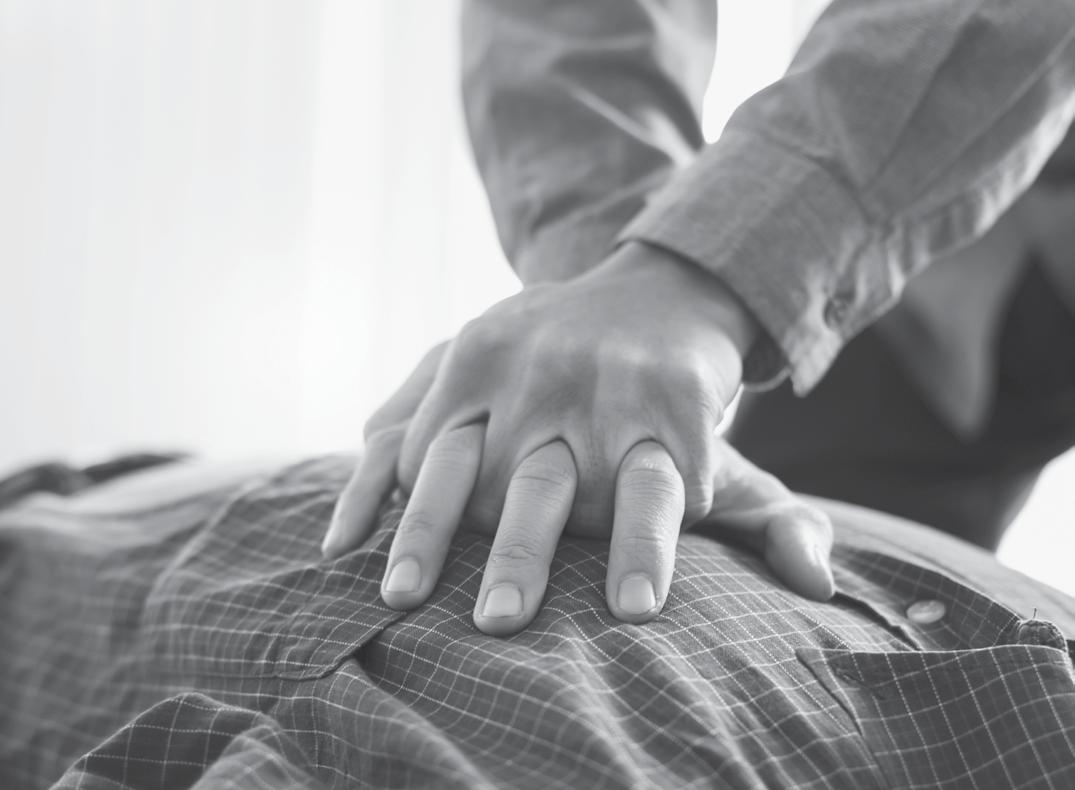
Cardio-Pulmonary Resuscitation (CPR)
Cardiopulmonary resuscitation (CPR) is a first aid technique that can be used if someone is not breathing properly or if their heart has stopped.
Chest compressions and rescue breaths keep blood and oxygen circulating in the body. If someone is not breathing normally and is not moving or responding to you after an accident, call 999 or 112 for an ambulance. Then, if you can, start CPR straight away.
In cases of sudden cardiac arrest, the oxygen level in the blood will remain high for a few minutes so initially chest compressions will be more important than rescue breaths.
• To open the victim’s airway, lift the chin carefully. This will move the jaw forward and tilt the head backward, allowing a path for air to travel to the lungs from the mouth and nose.
• Remember, don’t push the forehead back in an effort to open the airway. If the victim has a neck or spinal injury this will only make it worse.
• To check for breathing, watch the victim’s chest. If you can see it rise and fall even slightly, then they are breathing.
• Whether or not you can see the chest rise and fall, listen with your ear to the mouth and nose. You are listening for breathing sounds.
Remember, if your search for breathing and circulation yield nothing, have someone call 999 or call them yourself if you are the only conscious person in the room, and immediately begin compressions and artificial breathing.
Think ABC Airway, Breathing, CPR!
ABC is an acronym to help you remember the important first steps before performing CPR: airway, breathing, and circulation. Open the airway, check the victim’s breathing, and pulse (i.e., circulation).
• If you can’t hear the victim breathing, but can feel their breath on your ear, then they are breathing. Use as many senses as possible and your best judgment.
• To check circulation, feel for a pulse. Press two fingers gently on the victim’s `neck between the Adam’s apple and the muscle at the side of the neck. Don’t use your thumb, because your thumb has a pulse of its own.
• To check an infant’s circulation, press two fingers between the armpit and elbow on the inside of the baby’s arm.
CPR for Babies, Birth to One Year Old
• Confirm your baby is not breathing, complete the steps of the primary survey (DRABC)
• If accompanied, send your helper to dial 999 or 112 for an ambulance (112 is recommended if you are calling from a mobile as it gives a clearer signal, although you can also reach this number from landlines and in many other European countries).
• If you are alone, you will have to carry out rescue breaths and chest compressions for one minute before taking the infant with you to call an ambulance.
• Carefully remove any obvious obstruction from the mouth of the infant (it is important not to touch the back of your child’s throat as this could cause swelling and further obstruction of their airway) and give five initial rescue breaths.
• You do this by slightly tipping the infant’s head back. Seal your mouth over their mouth and nose and breathe gently into them, looking along the chest as you breathe. Fill your cheeks with air and use this amount each time. As the chest rises, stop blowing and allow it to fall. Repeat this five times.
• Having done five rescue breaths, you’re now going to do chest compressions.
• Using the tips of two fingers to compress the chest, place your fingers in the centre of the infant’s chest (imagine a line joining the nipples and place two fingers along the length of the breast bone below this line) and sharply depress the chest one third of its depth at a rate of 100-120 compressions a minute (about the speed of the song ‘Staying Alive’’).
At this speed, you’re going to give 30 chest compressions
• Alternate 30 chest compressions with two rescue breaths and keep repeating as necessary until help arrives or the child’s breathing is restored to normal.
CPR for Children Between One Year and Puberty
• Following your primary survey, you have already established that the child is not breathing normally.
• At this point, if you are accompanied, send your helper to dial 999 or 112 for an ambulance.
• If you are alone, you will need to do one minute’s worth of CPR before going to call for help yourself.
• Carefully remove any visible obstruction from the mouth or nose of the child and give five initial rescue breaths.
• Ensure you tip the head back, pinch the soft part of the nose closed, and put your mouth over the child’s mouth, forming an airtight seal.
• Breathe into the child, ensuring the chest inflates. Do this five times.
• Having done five rescue breaths, you are now going to do chest compressions.
• Place one hand or two, as appropriate in the centre of the chest (this does depend on the size of the child). Use the heel of your hand and keep your arms straight.
• Sharply depress the chest one third of its depth at a rate of 100120 compressions a minute. At this speed, you are going to give 30 chest compressions.
• Alternate 30 chest compressions with two rescue breaths and keep repeating as necessary until help arrives or the child’s breathing is restored to normal.
CPR for Adults
• Carry out the Primary Survey - Danger, Response, Airway, Breathing, Circulation.
• At this point, if you are accompanied, send your helper to dial 999 or 112 for an ambulance.
• Open the casualty’s airway by placing one hand on the forehead and using two fingers to lift the chin.
• Position your cheek close to their mouth and look, listen and feel for no more than ten seconds to see if the chest is rising and falling, listen for breathing and feel for breath against your cheek.
• If you are on your own, you should call an ambulance at this stage and then commence chest compressions immediately. If the casualty is unconscious due to drowning, you should give five rescue breaths and perform CPR for one minute before making the call.
• To perform rescue breaths, carefully remove any visible obstructions from the mouth or nose of the person and give five initial rescue breaths.
• Ensure you tip the head back, pinch the nose firmly closed and put your mouth over the person’s mouth, forming an airtight seal.
• Breath into the casualty, ensuring the chest inflates; then remove your mouth and allow the chest to fall. Repeat once more.
• Place the heel of your hand in the centre of the chest. Place the other hand on top and interlock your fingers.
• Keeping your arms straight and your fingers off the chest, press down by five to six centimeters and release the pressure, keeping your hands in place.
• Repeat the compressions 30 times, at a rate of 100-120 per minute (about the speed of the song ‘Staying Alive’’).
• You should then do two rescue breaths (see steps 6-9).
• Continue resuscitation at a rate of 30 compressions to two rescue breaths until emergency help arrives and takes over.
• Only stop if the casualty shows signs of recovery such as coughing, opening eyes, speaking or moving purposefully, and breathing normally.
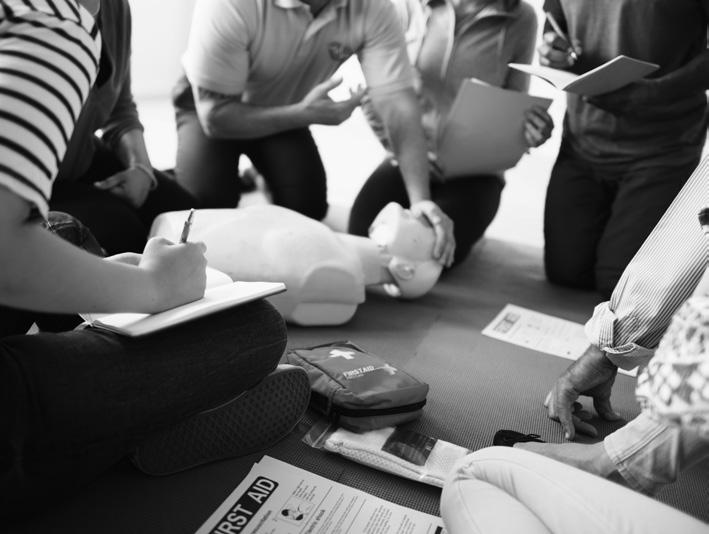
Recovery Position
Detailed below is a step-by-step guide to the recovery position:
• Kneel on the floor to one side of the person. Place the person’s arm that is nearest you at a right angle to their body, so it is bent at the elbow with the hand pointing upwards. This will keep it out of the way when you roll them over.
• Gently pick up their other hand with your palm against theirs (palm to palm). `Now place the back of their hand onto their opposite cheek (for example, against their left cheek if it is their right hand). Keep your hand there to guide and support their head as you roll them.
• Now use your other arm to reach across to the person’s knee that is furthest from you, and pull it up so that their leg is bent and their foot is flat on the floor.
• Now, with your hand still on the person’s knee, pull their knee towards you so they roll over onto their side, facing you. The person’s body weight should help them to roll over quite easily.
• Move the bent leg that is nearest to you, away from their body so that it is resting on the floor (bent at a right angle to their body).
• Lastly, gently raise their chin and their head back slightly, as this will open up their airway and help them to breathe. Check that nothing is blocking their airway. If there is an obstruction, remove this if you can do so safely.
• Stay with them, giving reassurance, until they have fully recovered or until an ambulance arrives.
When dealing with an infant, St. John Ambulance recommend putting them in the recovery position by cradling the child in your arms with their head tilted downwards to prevent them choking on their tongue or inhaling vomit. (Information supplied courtesy of Epilepsy Society)
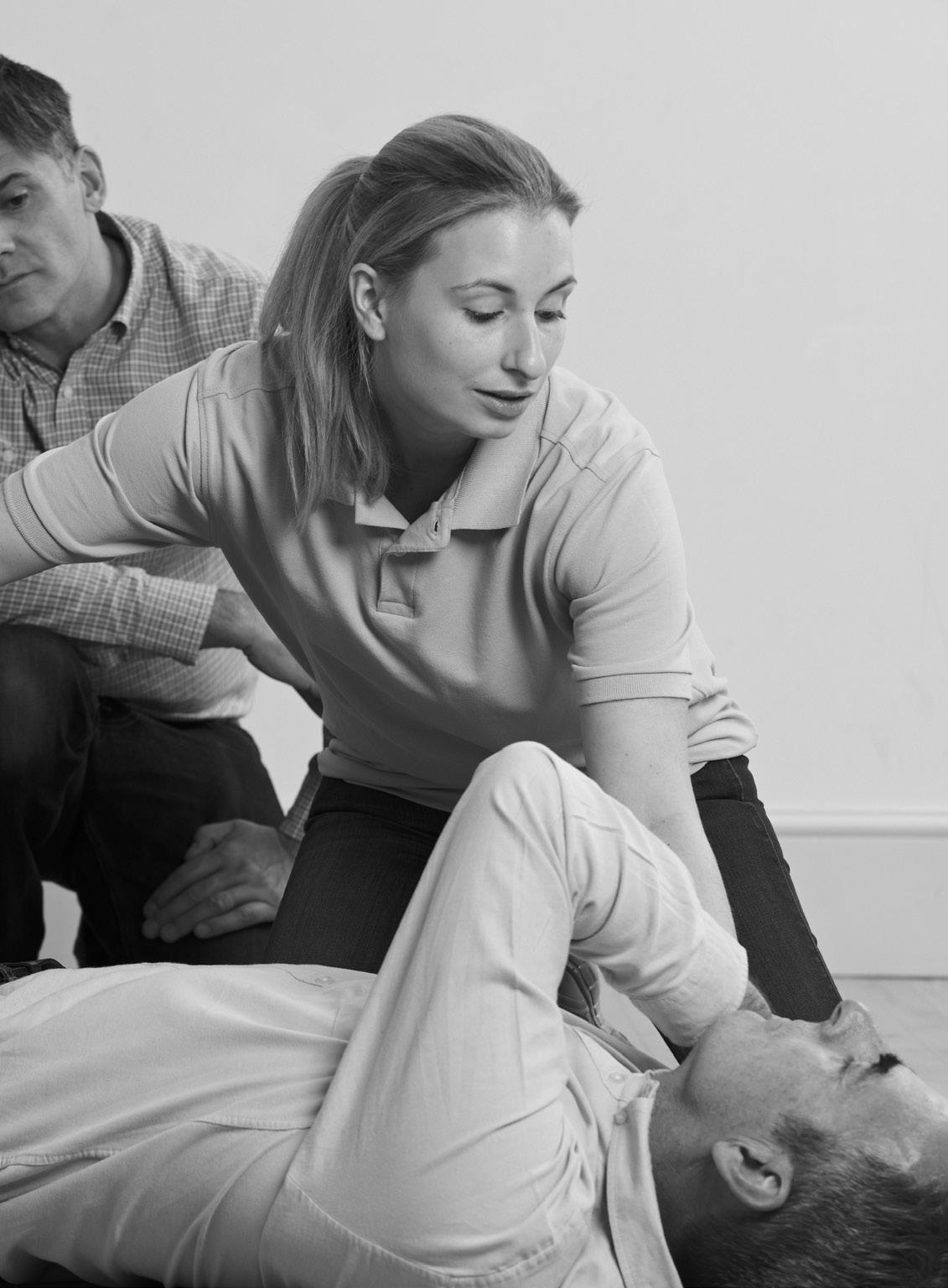
Bleeding
With all types of bleeding, it’s important to stop the flow of blood as quickly as possible.
Small cuts - Small cuts in the veins stop bleeding and clot within a few minutes. The area should then be washed, and a plaster placed gently on top.
Deeper cuts - Deeper cuts in the veins produce dark blood that seeps out slowly and steadily. It can be stopped by gentle pressure on the wound with a sterile or clean cloth, followed by the application of a clean or sterile bandage. Often, these wounds need sewing or gluing, and therefore medical treatment will be necessary after first aid.
Arterial bleeding - Arterial bleeding must always be treated by a doctor. Bleeding from an artery can cause death within a few minutes - so urgent first aid is essential.
This type of bleeding pulsates and squirts blood, as the pulse beats. The blood is often a light red colour.
To stop bleeding from an artery, apply hard pressure on the wound and keep this up until the patient receives medical treatment. Press with a sterile cloth or just use your hand, if nothing else is available.
Put a bandage on the wound if possible and if the blood soaks through the bandages, press harder until the bleeding stops. Do not remove the soaked bandages, but place another on top if necessary. Do not attempt to clean the wound.
The person should be made to lie down, preferably with their head lower than the rest of their body. This will ensure that enough oxygen gets to the brain.
If possible, position the wounded area higher than the rest of their body so that the pressure, and therefore the bleeding, will be reduced. Take particular care if you suspect a bone has been broken.
Where possible, you should wear disposable gloves to cover any wounds on your hands and protect yourself from infection.
Objects in Wounds
Where possible, swab or wash small objects out of the wound with clean water. However, if there is a large object embedded you should leave it in place and apply firm pressure on either side of the object. Raise and support the wounded limb or part and lay the casualty down to treat for shock. Gently cover the wound and object with a sterile dressing and build up padding around the object until the padding is higher than the object, then bandage over the object without pressing on it.
Depending on the severity of the bleeding, dial 999 or 112 for an ambulance or take the casualty to hospital.
Fractures
Fractures are a complete or incomplete break or a crack in a bone due to an excessive amount of force. A fracture can cause other internal injuries and medical help should be sought as soon as possible.
With fractures, you should look for the following symptoms: swelling; unnatural range of movement; immobility; grating noise or feeling; deformity; loss of strength; shock; twisting; shortening or bending of a limb.
If you suspect a fracture, you should support the limb and immobilise the affected part before calling 999 or 112 for an ambulance. You should also treat the person for shock (see next section).
Shock
Shock is a life-threatening condition that occurs when the vital organs, such as the brain and heart, are deprived of oxygen due to a problem affecting the circulatory system. The most common cause of shock is blood loss but it can also be caused by other fluid loss such as vomiting or severe burns. Shock can occur when the heart has been damaged by heart attack or angina and is unable to pump an adequate supply of oxygen to the body.
Look for the following symptoms to recognise shock: pale face; cold, clammy skin; fast, shallow breathing; rapid, weak pulse; yawning; sighing; and, in extreme cases, unconsciousness.
If you think a person is in shock, you should attempt to treat any possible causes and help them to lie down. Raise and support their legs, loosen tight clothing and keep them warm and do not give them anything to eat or drink.
Call 999 or 112 for emergency help as soon as possible. If there are bystanders, ask someone to call an ambulance.
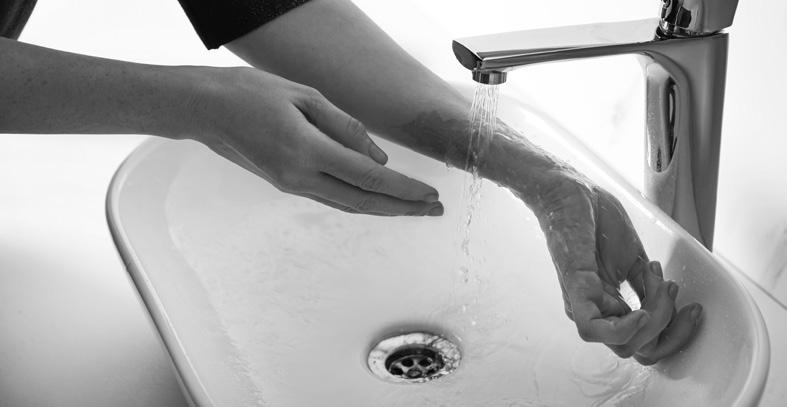
Burns
When treating a major burn, you should start cooling the burn immediately by placing the affected area under cool running water for at least 20 minutes. Dial 999 or 112 for an ambulance and make the casualty as comfortable as possible.
Whilst wearing disposable gloves, remove the casualty’s jewellery, watch or clothing from the affected area unless it is sticking to the skin.
When cooling a large burn be aware that it may cause hyperthermia, especially in babies, children and older people. You may need to stop cooling the burn to avoid hyperthermia.
Cover the burn using a clean, non-fluffy material to protect from infection. Cloth, a clean plastic bag or kitchen film all make good dressings. Treat for shock.
For minor burns, hold the affected area under cold water for at least ten minutes or until the pain subsides. Remove jewellery etc. and cover the burn as detailed above. If a minor burn is larger than a postage stamp, it requires medical attention. All deep burns of any size require urgent hospital treatment.
Never use lotions, ointments, creams or adhesive dressings on burns. You should also never break blisters.
Head Injuries
All head injuries are potentially serious and require proper assessment because they can result in impaired consciousness. Injuries may be associated with damage to the brain tissue or to blood vessels inside the skull, or with a skull fracture.
A head injury may produce concussion, which is a brief period of unconsciousness followed by complete recovery. Some head injuries may produce compression of the brain (cerebral compression), which is life-threatening.
It is therefore important to be able to recognise possible signs of cerebral compression in particular, a deteriorating level of response.
A head wound should alert you to the risk of deeper, underlying damage, such as a skull fracture, which may be serious. Bleeding inside the skull may also occur and lead to compression. Clear fluid or watery blood leaking from the ear or nose are signs of serious injury.
Any casualty with an injury to the head should be assumed to have a neck (spinal) injury as well and be treated accordingly.
Concussion
Concussion occurs when the brain is shaken by a blow to the head. The most common causes of concussion include traffic incidents, sports injuries, falls, and blows received in fights.
Concussion produces widespread but temporary disturbance of normal brain activity. However, it is not usually associated with any lasting damage to the brain. The casualty will suffer impaired consciousness, but this only lasts for a short time (usually only a few minutes) and is followed by a full recovery. By definition, concussion can only be confidently diagnosed once the casualty has completely recovered.
A casualty who has been concussed should be monitored and advised to obtain medical aid if symptoms such as headache or blurred vision develop later.
Concussion can be difficult to recognise but may be identified by a brief period of impaired consciousness following a blow to the head.
The injured person may also experience dizziness or nausea on recovery; loss of memory of events at the time of, or immediately preceding, the injury; or a mild, generalised headache.
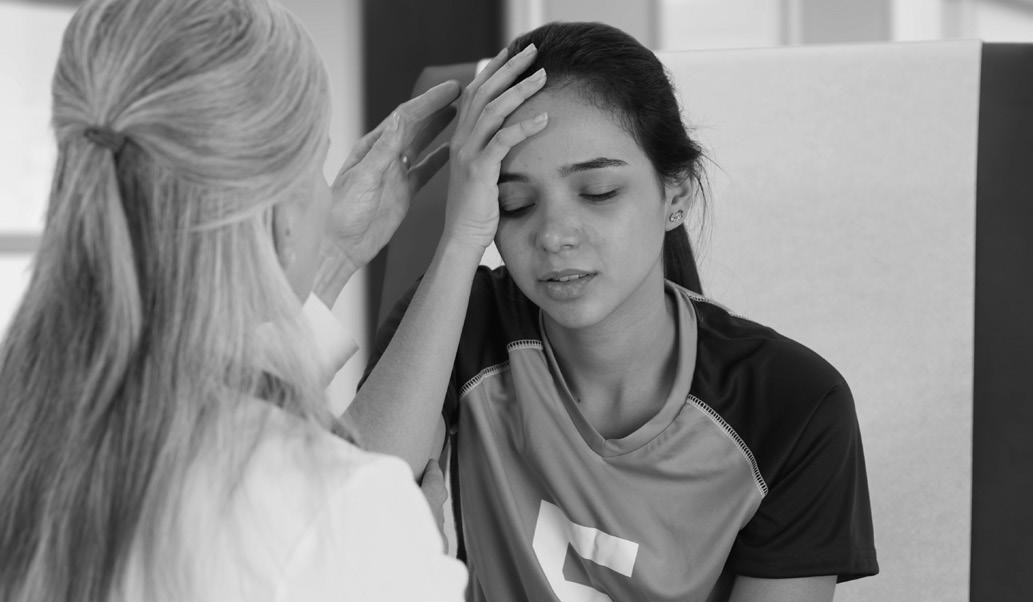
To ensure that the casualty recovers fully and safely, they need to be in the care of a responsible person and receive medical aid if necessary.
You should check the casualty’s level of response using the AVPU code.
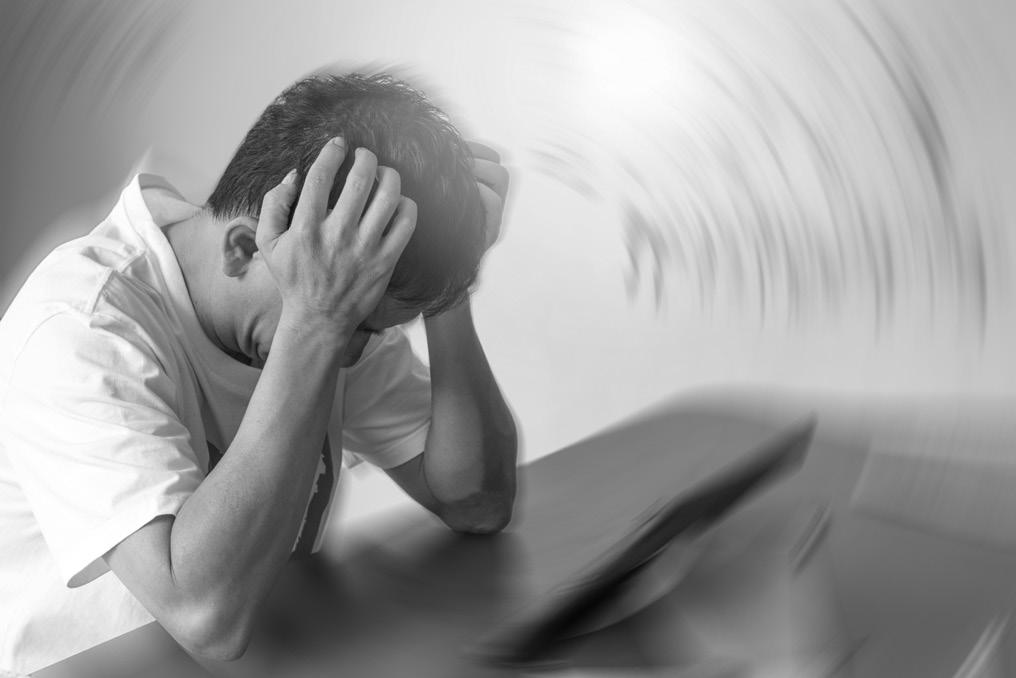
The AVPU Code
• A - Is the casualty alert, eyes open and responding to questions?
• V - Does the casualty respond to verbal commands?
• P - Does the casualty respond to pain (e.g., eyes open or movement in response to being pinched)?
• U - Is the casualty unresponsive?
Regularly monitor and record vital signs, (level of response, pulse and breathing). Even if the casualty appears to recover fully, watch them for any deterioration in their level of response. When the casualty has recovered, place them in the care of a responsible person. If a casualty has been injured on the sports field, never allow them to ‘play on’ without first obtaining medical advice.
Advise the casualty to go to hospital, if following a blow to the head they develop symptoms such as headache, vomiting, confusion, drowsiness or double vision.
Warning: if the casualty does not recover fully or, if there is a deteriorating level of response after an initial recovery, dial 999 or 112 for an ambulance.
Cerebral Compression
Cerebral compression is very serious and almost invariably requires surgery. Cerebral compression occurs when there is a build-up of pressure on the brain. This pressure may be due to one of several different causes, such as an accumulation of blood within the skull or swelling of injured brain tissues. Cerebral compression is usually caused by a head injury. However, it can also be due to other causes, such as stroke, infection, or a brain tumour.
The condition may develop immediately after a head injury, or it may appear a few hours or even days later. For this reason, you should always try to find out whether the casualty has a recent history of a head injury.
Cerebral compression can be recognised by a deteriorating level of response and the casualty may become unconscious. The casualty may have a history of a recent head injury or complain that they are experiencing an intense headache, as well as exhibiting noisy breathing, becoming slow; slow, yet full and strong pulse; unequal pupil size; weakness and/or paralysis down one side of the face of body; a high temperature; flushed face; and drowsiness. Noticeable changes in personality or behaviour, such as irritability or disorientation, are also signs of cerebral compression.
You should arrange the urgent removal of the casualty to hospital, calling 999 or 112 at the first possible opportunity.
If the casualty is conscious while you are waiting for the ambulance to arrive, keep them supported in a comfortable resting position and reassure them. Regularly monitor and record their vital signs, (level of response, pulse and breathing) until medical help arrives.
If the casualty is unconscious, open the airway using the jaw thrust method and check breathing (Primary Survey). Be prepared to give chest compressions and rescue breaths if necessary.
If the casualty is breathing, try to maintain the airway in the position the casualty was found.
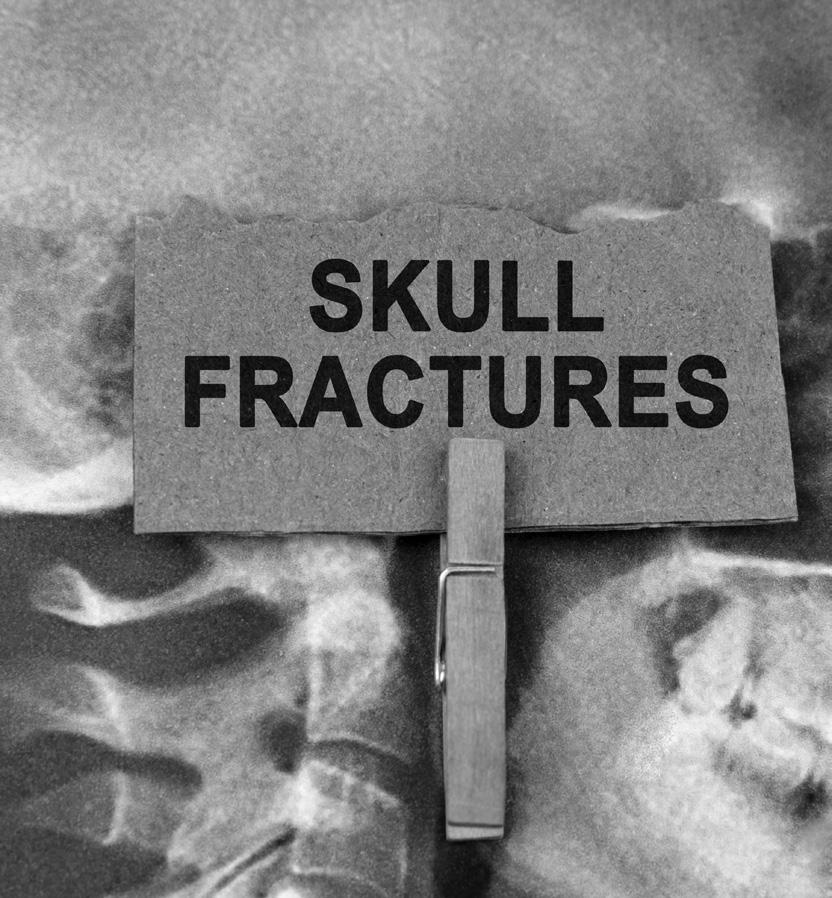
If a casualty has a head wound, then you should be alert for a possible skull fracture. A skull fracture is
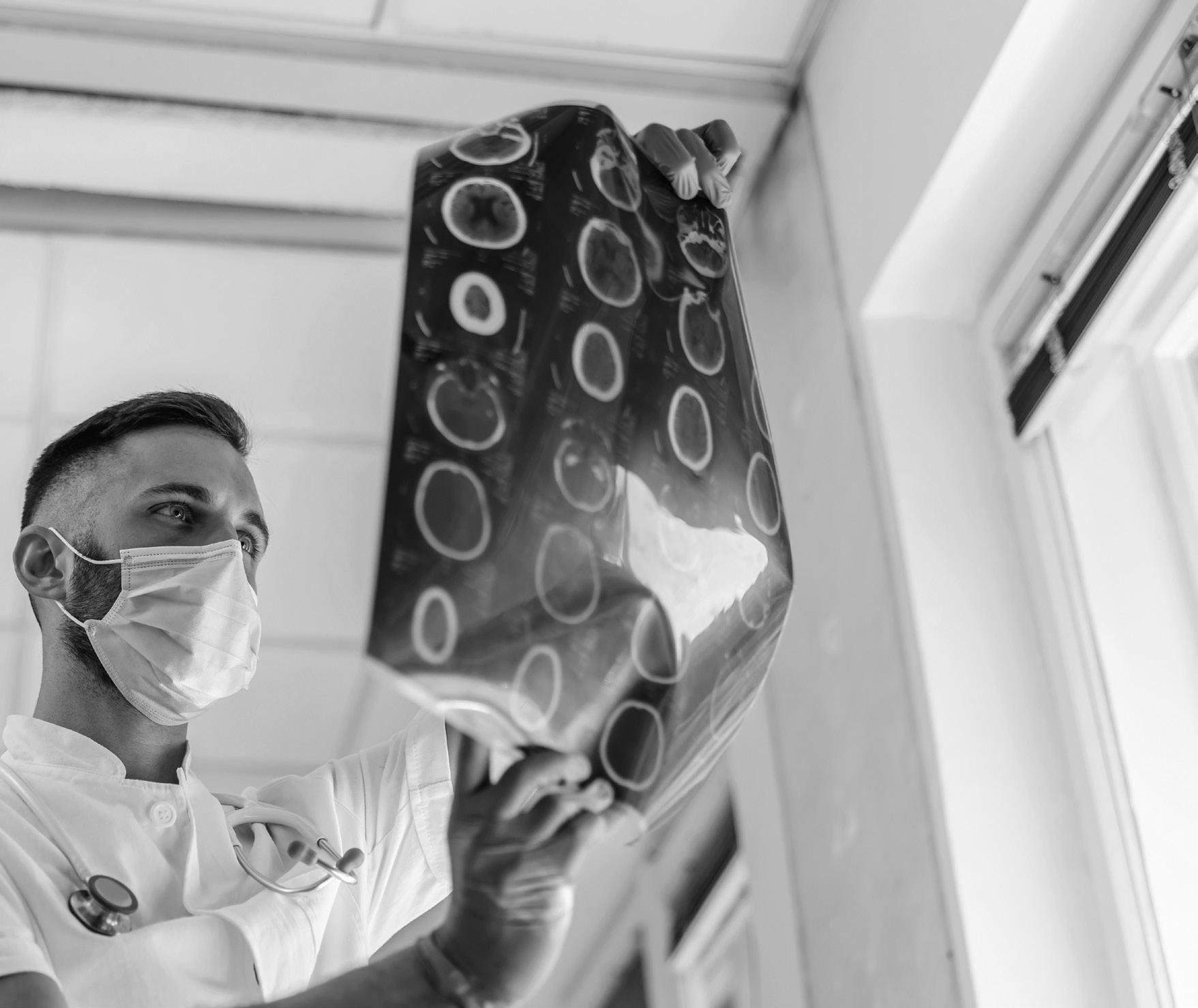
If the casualty is conscious while you are waiting for the ambulance, help them to lie down but do not turn the head in case there is a neck injury. Control any bleeding from the scalp by applying pressure around the wound. Look for and treat any other injuries.
If there is discharge from an ear, cover the ear with a sterile dressing or clean pad, and lightly secure this with a bandage. Do not plug the ear. Monitor and record the casualty’s vital signs, (level of response, pulse, and breathing) until medical help arrives.
If the casualty is unconscious, open the airway using the jaw thrust method, and check the casualty’s breathing (Primary Survey). Be prepared to give chest compressions and rescue breaths if needed.
If the position in which the casualty was found prevents maintenance of an open airway or you fail to open it using the jaw thrust, place the person in the recovery position.
Seizures
Seizures are sudden, brief events. Sometimes called ‘fits’ or ‘attacks’, seizures can happen for many different reasons, such as diabetes, a heart condition or epilepsy.
In epilepsy, an individual has a tendency to have repeated seizures that start in the brain. Epileptic seizures are caused by excessive electrical activity in the brain, which causes a brief change in the way the brain works. These seizures can affect the individual’s emotions, sensations, awareness or behaviour.
What happens during a seizure depends on where in the brain the seizure happens and how much of the brain is affected by it.
There are many different types of epileptic seizure. Some people become very confused during a seizure, and others may lose consciousness. How you can help someone depends on the type of seizure they have. Here are some examples of seizures, and how you can help.
• Focal aware seizures: the person may have a strange feeling or taste, which can be intense and unsettling. This is sometimes called a ‘warning’ or ‘aura’ if the seizure spreads to become another seizure type (for example, see tonic clonic seizure below). Gentle reassurance many be appropriate.
• Focal impaired awareness seizures: the person loses awareness, become confused and may act strangely (such as wandering around, mumbling or making chewing movements with their mouth) These seizures can last for a couple of minutes, and can easily be mistaken for other unusual behaviour. Gently guide them away from any danger and stay with them until they recover.
• Tonic and atonic seizures: the person abruptly falls down but usually recovers quickly. Check that they are not hurt.
• Absence seizures: the person becomes blank and unresponsive. If they are walking they may carry on walking, which can be dangerous. Gently guide them away from any danger and stay with them until they recover.
• Tonic clonic (convulsive) seizures: the person goes stiff and may cry out. They fall to the ground and have convulsions (jerking of the body). Their breathing may be affected and may sound noisy or laboured. They may go pale or blue, particularly around their mouth. They may also bite their tongue, and there may be blood-stained saliva around their mouth. They may also become incontinent.
During this type of seizure (Tonic clonic):
• Try to stay calm;
• Check the time to see how long the seizure goes on for;
• Only move the person if they are in a dangerous place, for example in the road. Instead, move any objects, such as furniture, away from them so that they don’t hurt themselves;
• Put something soft under their head, or cup their head in your hands, to stop it hitting the ground;
• If they have tight clothing around their neck, or they are wearing a head scarf or veil, you might want to loosen this to help them breathe;
• Do not restrain them or hold them down allow the seizure to happen;
• Do not put anything in their mouth - they will not swallow their tongue; and
• try to stop other people crowding around.
After the seizure ends (the shaking stops):
• Roll them on to their side into the recovery position;
• If their breathing sounds difficult or noisy, check that nothing is blocking their airway;
• Wipe away any spit from their mouth;
• Try to minimise any embarrassment. If they have wet themselves try to deal with this sensitively (for example, you could put a coat over them); and
• Stay with them until they have fully recovered.
After this type of seizure the person is usually very confused and tired, and may want to sleep. Most people won’t need any special medical attention. However, if you are concerned for any reason that the person has hurt themselves or they are not recovering, you may need to call for help (see page 16).
(Information supplied courtesy of Epilepsy Society).
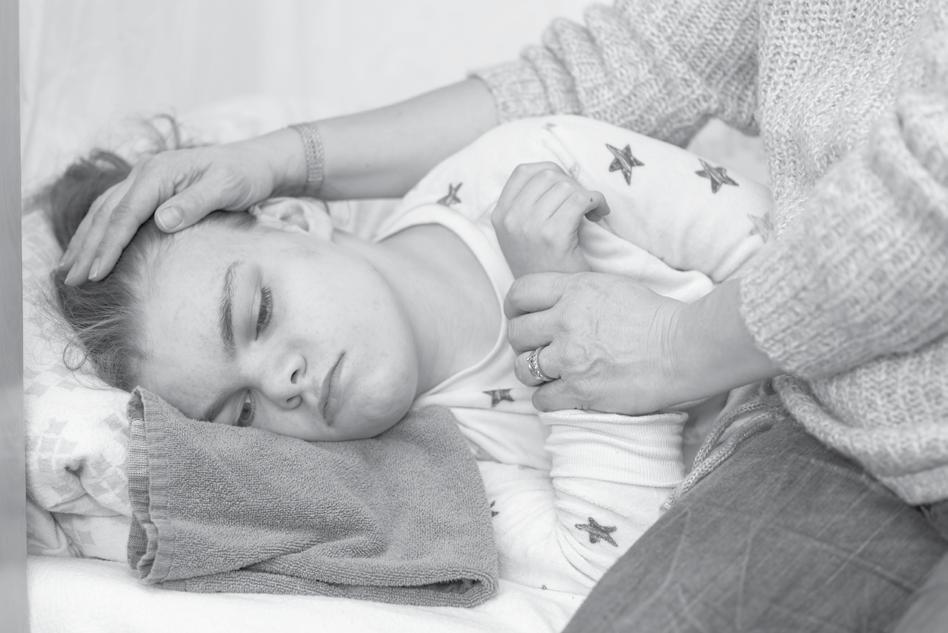
When to call for help
Most epileptic seizures happen suddenly, last a short time and stop on their own, and the person will recover and not need any medical help. However, it is important to call for an ambulance in the following situations:
• it is the person’s first seizure;
• they have injured themselves or have trouble breathing after the seizure has stopped;
• one seizure immediately follows another with no recovery in between; the seizure lasts 2 minutes longer than usual; or
• the seizure lasts for more than 5 minutes if you don’t know how long their seizures usually last.
When the seizure has ceased, open the casualty’s airway and check breathing. Be prepared to give rescue breaths and chest compressions if necessary. If the casualty is unconscious but breathing normally, place them in the recovery position and monitor and record their vital signs level of response, pulse and breathing.
Strokes
A stroke is caused by a portion of the brain being starved of oxygen. This can be due to a burst blood vessel or a clot blocking a blood vessel. The lack of oxygen causes damage to the brain. The long-term effects of a stroke depend on what part of the brain and how much tissue is affected.
To recognise if someone has suffered a stroke, use the FAST test - Face, Arms, Speech, Time. Do this by asking the person to smile, if they have had a stroke, they may only be able to smile on one side, while the other side of their face may droop. Ask them to raise both arms as if they have had a stroke, they may only be able to lift one arm. Next, ask the person to speak to you, a stroke often leaves people unable to respond appropriately. Finally, it is time to call 999/112 for an ambulance. Explain to the operator that you have used the FAST test and suspect a stroke.
Please note, that these tips are no substitute for formal first aid training. First aid procedures change from time to time, so the above information may be subject to change. Organisations such as St. John Ambulance now offer email alerts to notify people of changes in first aid procedures, as well as a comprehensive range of online advice and training courses.
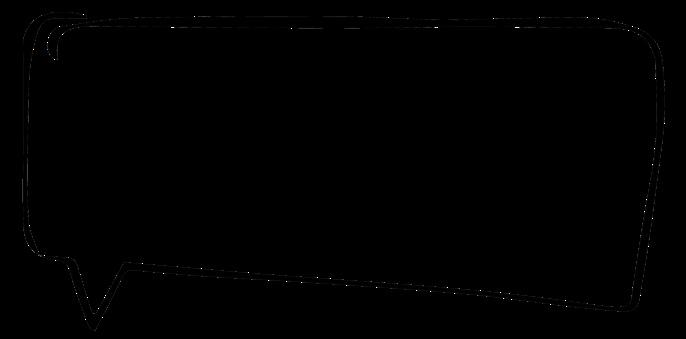
Did you know…….There were 136,800 admissions for Strokes in the UK in 2021/2022
WHAT IS A PERSONAL INJURY?
Personal injury can result from a range of circumstances, such as accidents at work, criminal injuries, accidents abroad, Road Traffic Collisions (RTCs) or work-related illnesses, for example. It may be possible to claim compensation for a personal injury when you are able to show that a person, company or some other organisation is at least partly to blame for your injuries through something that was either done, not done (when it should have been), made or repaired by them. Personal injuries can be psychological as well as physical, for example, depression resulting from the trauma of an accident.
Incidents that cause injury to someone are covered by the law of negligence. Essentially the law of negligence requires every person to owe a duty of care to their fellow human beings.
This means that as we go about our daily lives, we must take care that our actions are not harmful to others. Therefore, when we drive our cars, for instance, we must do so in a way that does not put other drivers and pedestrians at risk. Parliament also passes legislation placing a responsibility on all of us to act in such a way as to avoid harming others.
Personal injury laws vary between Scotland and the rest of the UK, which means that a personal injury occurring in Scotland needs to be dealt with under Scottish Law.
What is Compensation?
Compensation is a financial award given in recognition of any injury either physical or mental; for loss of past and future earnings; a broken contract or something that has ruined your enjoyment of your property, for example.
Compensation claims can be longwinded and stressful and you are not guaranteed a successful outcome. There, you are advised to think about whether you would be happy with a different resolution to your claim, such as an apology, the offer of counselling or a change in policy from the organisation concerned, are just a few examples.
Related Matters
In certain circumstances, compensation under this duty of care may be enforced under the law and insurance is required to meet claims. A car driver, for instance, must have current insurance cover which will compensate a third party for any damage or injury. Employers also carry insurance to cover them for any liability to their employees and failure by an employer to comply with written law is known as a breach of statutory duty. Under some circumstances, an ordinary house contents policy will insure the householder against accidents which occur on his or her property.
Even if an inquiry to yourself was partly your own fault, a claim may still be successfully pursued. In these circumstances, there may be a reduction in the amount of damages awarded. For example, if you are injured in a car accident and you were not wearing a seat belt, then your compensation might be cut.
The level of any reduction in damages will depend on the extent to which an injured person is considered to be at fault.
In some cases, it may not even be necessary to prove that another party was actually negligent. There are a number of cases where the event itself is sufficient to establish liability. Such cases might include food poisoning or injury caused by a faulty product.
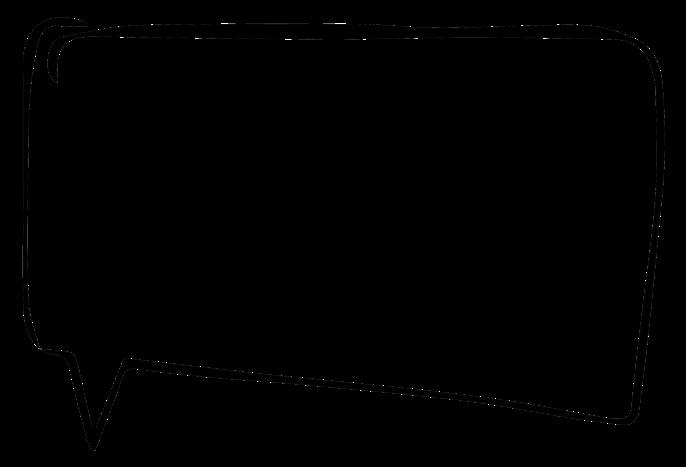
Did you know…….35.2 million working days lost due to non-fatal workplace injuries according to selfreports from the Labour Force Survey in 2022/2023
Scottish Law Relating to Personal Injury Claims
In Scotland, slightly different names are used for parties to an action than those used in England.
The claimant is known as the ‘Pursuer’ and the person the action has been raised against is the ‘Defender’. Actions will either be raised in a local court known as the Sheriff Court or in the Court Session in Edinburgh. If a Sheriff Court action is raised it will be in the court nearest to where the accident took place.
An action will generally be raised in Court of Session if it is more complex and warrants the instruction of counsel barristers who in Scotland are known as ‘Advocates’) or if it is a particularly valuable claim. Medical negligence actions will normally be raised in the Court of Session due to their more complex nature.
The Scottish jurisdiction does not have the same requirements of pre-trial discussion and openness that now exist in England. While in England, a case should be ready to proceed the day it enters court (which usually affords a relatively speedy resolution) in Scotland much of the investigation is still carried out once the action has been raised. This can result in some delays, which can often be frustrating to the pursuer.
Claiming Damages
Claims for damages are made directly against the person or organisation that is considered to be at fault. While this may include, say, another driver, your employer, a local council, or a property owner, it is also possible to sue members of your own family through any relevant insurance policy they may hold. For example, if you are a passenger in a car driven by your partner that is involved in an accident, you can claim against their motor insurance policy for any injury you have suffered.
Damages which may be claimed include Solatium. Wage Loss and Services (these are similar to General and Special Damages awarded in England and Wales.)
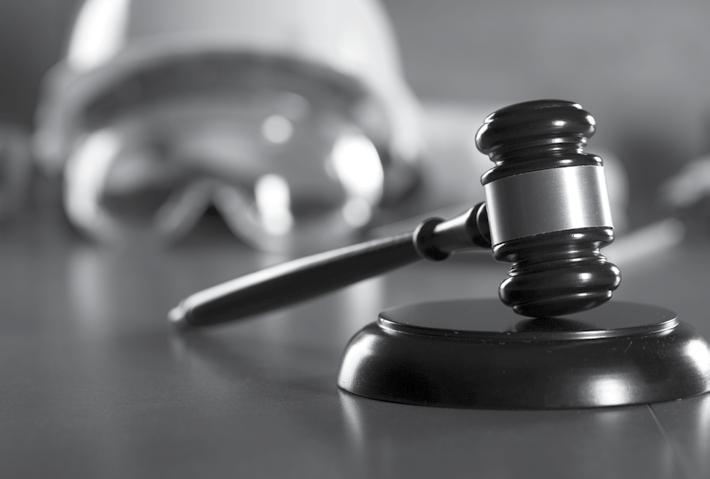
Compensation for Pain Suffering
This type of damages is known as ‘solatium’ and compensates the person injured for pain and suffering they have already had or are likely to have in the future as a result of their injury. Essentially it covers any non-financial loss suffered by the claimant. Matters normally taken into account in assessing solatium are the extent of the injury; the pursuer’s awareness of pain, pain and suffering already experienced, future pain and suffering, and loss of amenity (i.e., a reduction in the claimant’s enjoyment of life, such as no longer being able to participate in sports and pastimes they used to enjoy).
Past Wage Loss
Past wage loss is usually easy to access and based on the net loss of earnings you have incurred as a result of your injury. The assessment of future wage loss is far more complex and technical and you should seek relevant legal advice when seeking damages for the future loss of earnings. (loss of pension rights may also be factored in). Cases can take many months to settle and in some circumstances, a court may agree that part of the likely total damages can be paid before a case is finalised.
Services
Damages awarded for services are to cover the cost of help a person might now need as a result of their accident, for example, assistance from a relative, rehabilitation supplies, car hire etc.
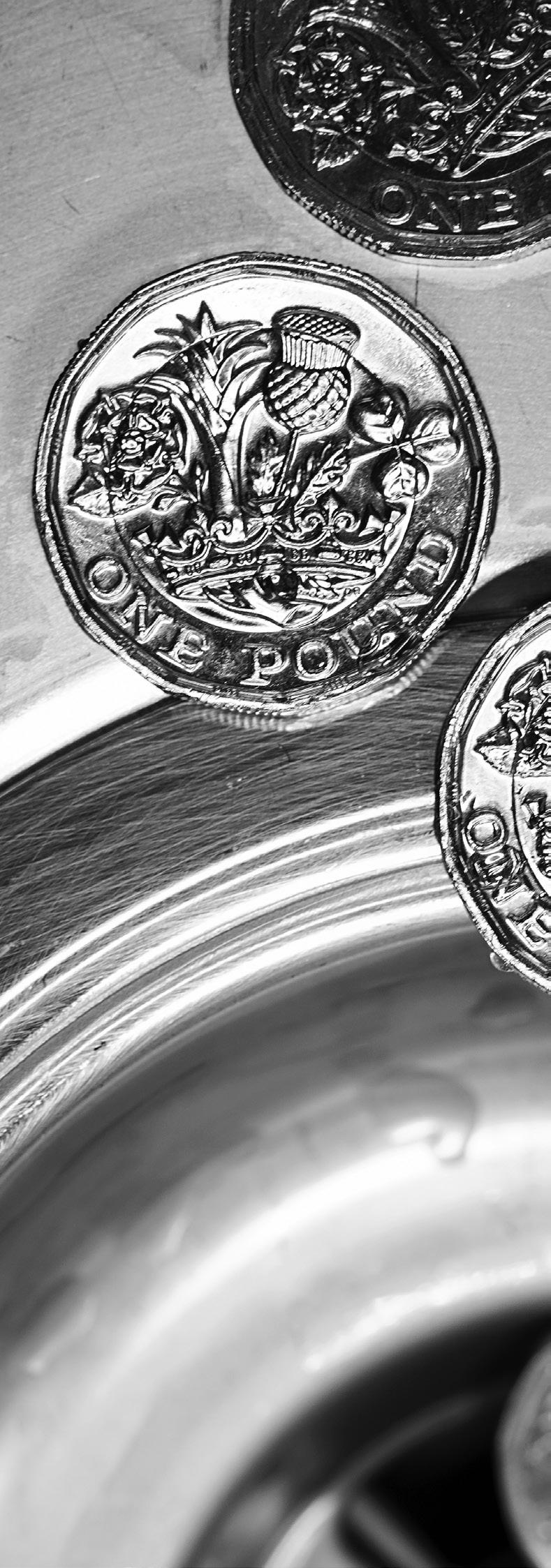
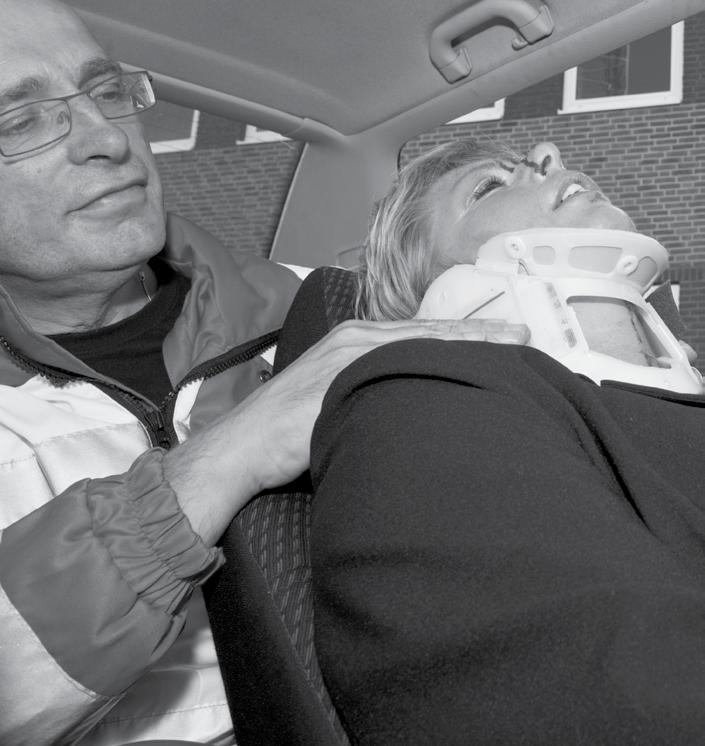
BRAIN AND SPINAL CORD INJURIES
In the UK, over 1 million people per year attend accident and emergency departments with a head injury, around 200,000 people are admitted to hospital each year. There are approximately 1.3 million people living with disabilities resulting from these injuries. The vast majority of head injuries are not admitted, and most people with head injuries do not attend hospitals. Substantial numbers of people fail to claim compensation simply because they are not aware of their legal rights.
Brain/ head and spinal cord injuries are amongst the most devastating of all injuries. Whilst even relatively minor head injuries can cause far-reaching effects, the most severe brain injuries are sudden, unexpected and often life-changing, affecting not only those unfortunate to be injured but also those closest to them.
Personalities can change, mood swings may become exaggerated and many people are no longer able to perform the simple daily tasks that they once could.
Their injuries have changed their lives beyond all recognition, and the lives of those closest to them.
Employment in your usual job, or any job, may no longer be possible; financial responsibilities can become overwhelming; family and close relationships may come under strain, and education can be halted in its tracks.
It is vital you or a family member contacts a law firm recognised in dealing with catastrophic injuries and has experience in this particular field of personal injury.
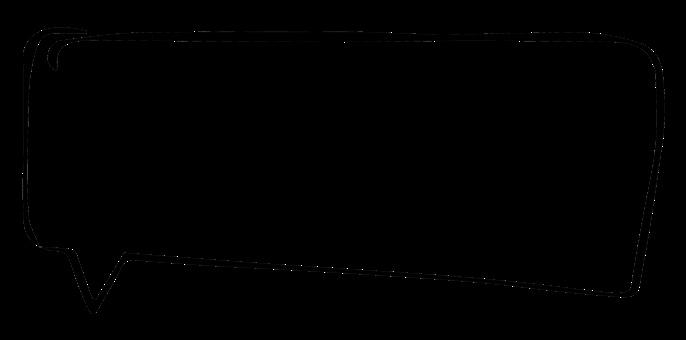
Did you know…….Males are 1.5 x more likely than females to be admitted for a head injury
Fatal Accidents
In the deeply upsetting circumstances involving the death of a loved one, your solicitor will recognise and understand that no amount of money will compensate for your loss.
Seeking out a solicitor at such a difficult time is unlikely to be the first thought in your mind, but it may be a very important step that you have to take. In many cases, compensation can help families and their loved ones to recover financially and rebuild their lives in the years that follow.
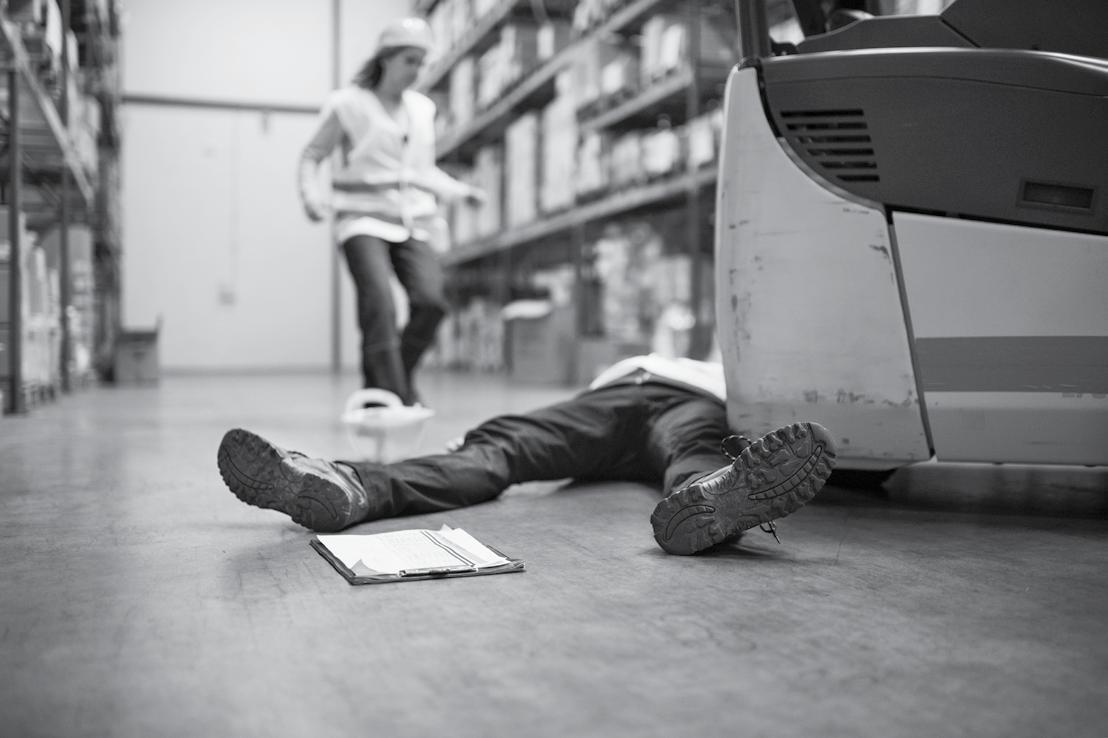
WORK
Accidents at work are fairly common. Whether you work in a factory, a restaurant, a shop, a farm or an office, potential dangers always exist that might cause serious injury or even a fatality.
All employers have a legal responsibility to provide their employees with a safe and secure workplace.
This means providing:
• Adequate equipment and materials
• Competent co-workers
• A safe system of work
• Appropriate training and supervision
If your employer does not fulfil their legal responsibilities and you suffer a work injury, you could be entitled to make a claim for compensation. All employers must have Employers Liability Insurance to cover them in the event of a claim for injuries sustained from accidents at work.

Did you know…….The annual cost of workplace injury in 2021/2022 was 7.7 billion
What you should do first
When an accident occurs, whether at work or elsewhere, it is a good idea to keep a diary of events, not only the circumstances of the accident but also a detailed notes of visits to your GP or to hospital, and the progress of your recovery from the injury. In addition, keep a note of any expenses you may incur in relation to the injury (e.g., loss of earnings and the cost of travelling to and from hospital) and hold on to any receipts.
You should also make a note of any activities you can no longer do as a result of your injuries.
If your accident is the result of falling over, such as tripping on a paving slab or a manhole cover, ensure you get a photograph as quickly as possible of whatever caused your accident and make sure that you date this photograph. You should also try and get the name and addresses of anyone who saw you fall, as you might need independent witnesses to back up your claim. If you are aware of other people having experienced similar accidents to yours, make a note of the circumstances and who these individuals were (if that information is available).
If your accident took place at work, be sure to report it immediately through the appropriate avenues. By law, employers must keep a record of most types of accidents.
If you are self-employed, record the accident yourself (self-employed people are not entitled to the Industrial Injuries Disablement Benefit). Keep the report factual and avoid placing blame, it is also helpful to write a signed and dated report for your own records.
You or your employer should also report the accident to the Health and Safety Executive or the local authority environmental health department, if applicable.
If you are hurt in a road accident, you must tell the police and, if your car was involved, your insurance company. The insurance company may refuse to deal with your claim for compensation if you do not report the accident.
You may decide to pursue a claim for compensation if your injury happened while you were under the care of a doctor or in hospital. In that case you will be bringing a “clinical negligence” claim, and different rules apply as your solicitor will advise. You can also contact “Action against Medical Accidents” for further advice (see Useful Contacts/ Organisation section for contact details).
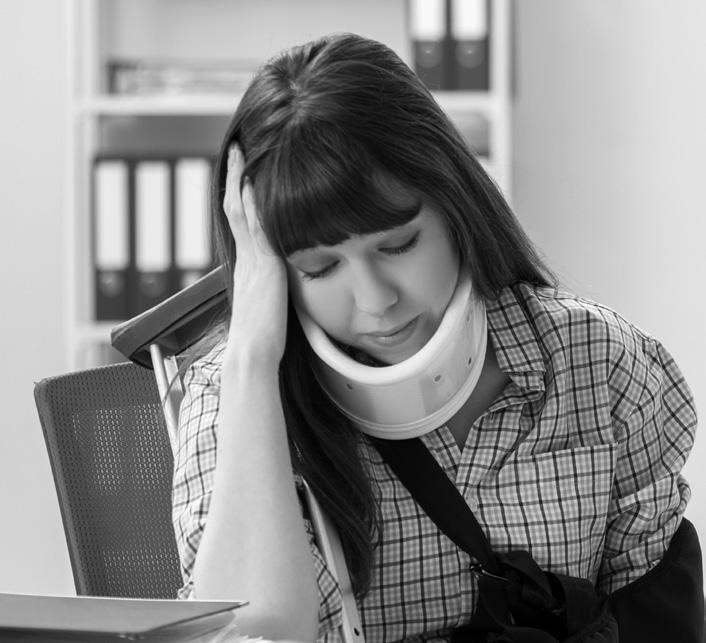
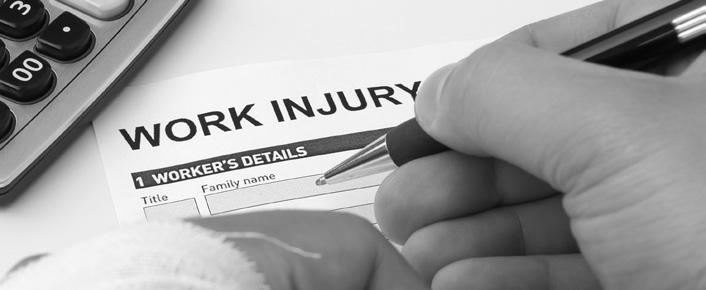
Suing your Employer
An employer is legally bound to protect their employees under Health and Safety legislation, and also to insure against the risk of an unlawful accident to an employee. Therefore, always take legal advice about the possibility of suing your employer for breach of duty under Health and Safety laws. You can do this by consulting a solicitor or via your trade union, if you belong to one.
If your claim succeeds, the compensation awarded is likely to be much more than the amount of any Industrial Injuries Disablement Benefit – although you should still claim for that, if entitled (see ‘Claiming Benefits’ section).
The insurance company may deduct from your claim for Special Damages, the amount of any state benefits you have received as a result of the accident and will refund them to the Government. https://www.gov.uk/government/ collections/cru
You may be concerned about the repercussions of suing your employer in terms of returning to work and potential victimisation. However, various Health and Safety laws are in place to protect the rights of employees and employers generally accept that Injuries leading to compensation claims will occur from time to time and are covered by their insurance.
Taking Legal Advice The Three-year Time Limit
The rules governing compensation claims are extremely complicated and, while it is technically possible to pursue a claim yourself, the process is much less stressful-if you instruct an experienced solicitor. Specialists dealing in this area of work are identified under the ‘Useful Contacts/Organisation’ section at the back of this publication.
It is important to remember that once a claim has been finalised you cannot re-open the claim or ask for more compensation, if, for example there are further health complications down the line.
Therefore, it is advisable that you instruct a solicitor to represent you, and ensure your claim is expertly negotiated to achieve the maximum benefit for you and anyone else impacted by your injuries.
A solicitor will be glad to offer a free initial consultation to see whether you have a viable personal injury or medical negligence claim, and they will advise you on its chances of success.
We suggest you speak with solicitors experienced in this area of law, particularly those who are members of the Law Society Personal Injury and Clinical Negligence Panels. Many solicitors will represent you on a ‘no win – no fee’ basis. At an early stage of your claim, your solicitor will discuss taking out insurance cover to protect you against the possibility of having to pay your opponent’s costs should your case be unsuccessful.
If your injury was caused by someone’s negligence, in most cases you must start Court proceedings within three years of the date you were injured, or of before and after the date of knowledge, i.e., when you knew you were injured and believed it was due to someone’s negligence (e.g., if you are suffering as a result of exposure to asbestos, your illness may have taken many years to manifest itself and the three-year limit would start to run from to when you found out you had been injured).
If Court proceedings in respect of your claim are not started within three years of your accident or three years from the date you knew you had a claim, the Courts are likely to find that your claim is out of time. The three-year rule applies in different ways in different circumstances with some variation in the case of criminal injuries (you must start court proceedings within three years of the assault unless you are applying for Criminal Injuries Compensation, which has a two-year time limit) and injuries abroad so it is advisable not to wait too long before seeking legal advice.
If you are claiming personal injury compensation in Scotland on behalf of a loved one or member of your family who died, you have 3 years from the date they died.
There is no time limit if a claim for compensation involves an injured party who lacks the mental capacity to file a personal injury claim in Scotland.
If the case is about a child who has been injured, the time limit does not normally start until they turn 16.
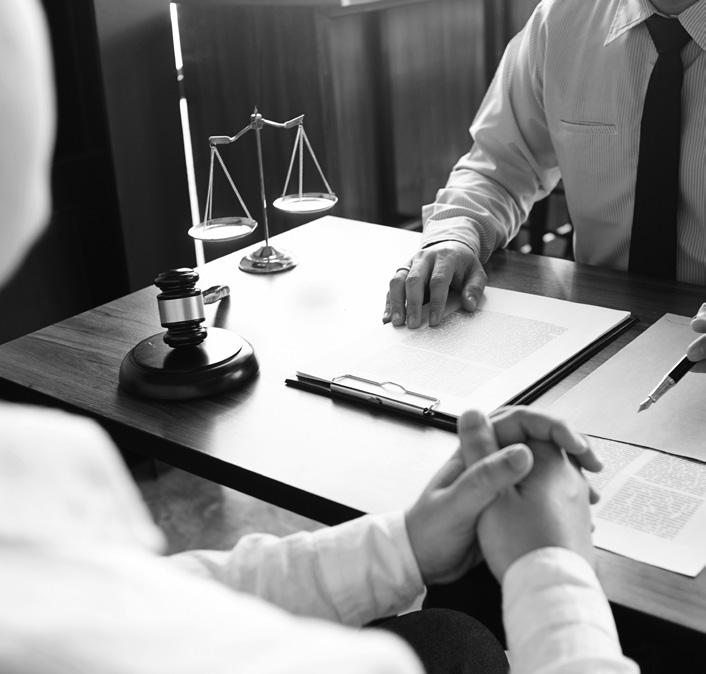
Choosing a Solicitor
If you decide to consult a solicitor to claim compensation, you should seek advice from one who specialises in personal injury cases. Choose a solicitor who is a member of one of the following:
• The Law Society - Personal Injury Accredited Scheme
• Association of Personal Injury Lawyers (APIL) - individual and corporate accreditation -specialists in all areas of injury and negligence
• MASS - Motor Accident Solicitors Society
• HEADWAY - Head Injury Solicitors Directory
• BRAIN INJURY GROUPwww. braininjurygroup.co.uk/findbrain injury-solicitor/
If you have legal expenses insurance, your insurers may want to appoint a panel solicitor to handle your case, but you do not have to use their recommended solicitors. If you want to choose your own solicitor, ask them to speak to the insurance company.
When choosing a solicitor, it is a good idea to find out how many personal injury claims they have handled in the past 12 months; the biggest claim they have ever settled; how many cases of this type has the solicitor had to settle in Court over the past five years; the results; and whether members of any of the above-mentioned organisations will be involved in handling or supervising the claim. You should also ask how much time they will provide you free of charge to carry out an initial assessment of your case.
At the initial assessment stage, you are recommended to try and get clear answers in writing to the following questions:
• What are your chances of making a successful claim?
• What risks are involved?
• What costs could you face?
• Do the likely benefits outweigh the costs?
• How long will the case take?
• Can you pull out of the compensation claim if you change your mind?
Organisations such as the Scottish Legal Aid Board, the Citizen’s Advice Bureau or your trade union can also help you identify a suitable solicitor.
• What would the repercussions of pulling out be in terms of costs, etc.?
Legal Fees
You may qualify for Legal Aid in pursuing your claim. The help given through the Legal Aid scheme may include advice and assistance from a solicitor and, if required, representation by the solicitor or advocate in Court.
If you do not qualify for legal Aid, other funding options may be available to you. An action can be privately funded, carried out on a ‘No win-no fee’ basis, or legal expenses insurance might be available although, in Scotland, the premium is not currently recoverable against the defender. You should seek legal advice about paying for your claimmany solicitors will be happy to offer you a free initial consultation.
Claims Assessors and Management Companies
Some people choose to pursue compensation claims via a claims assessor or claims management company. Claims assessors normally operate on a ‘contingency fee’ basis, which means the company will take a percentage of the amount you win as their fee. If you lose, they will normally get nothing but you should check their terms very carefully if you choose this avenue of support as they may require an initial payment or ask that you take out an insurance policy to cover the other party’s costs in the event of your claim failing.
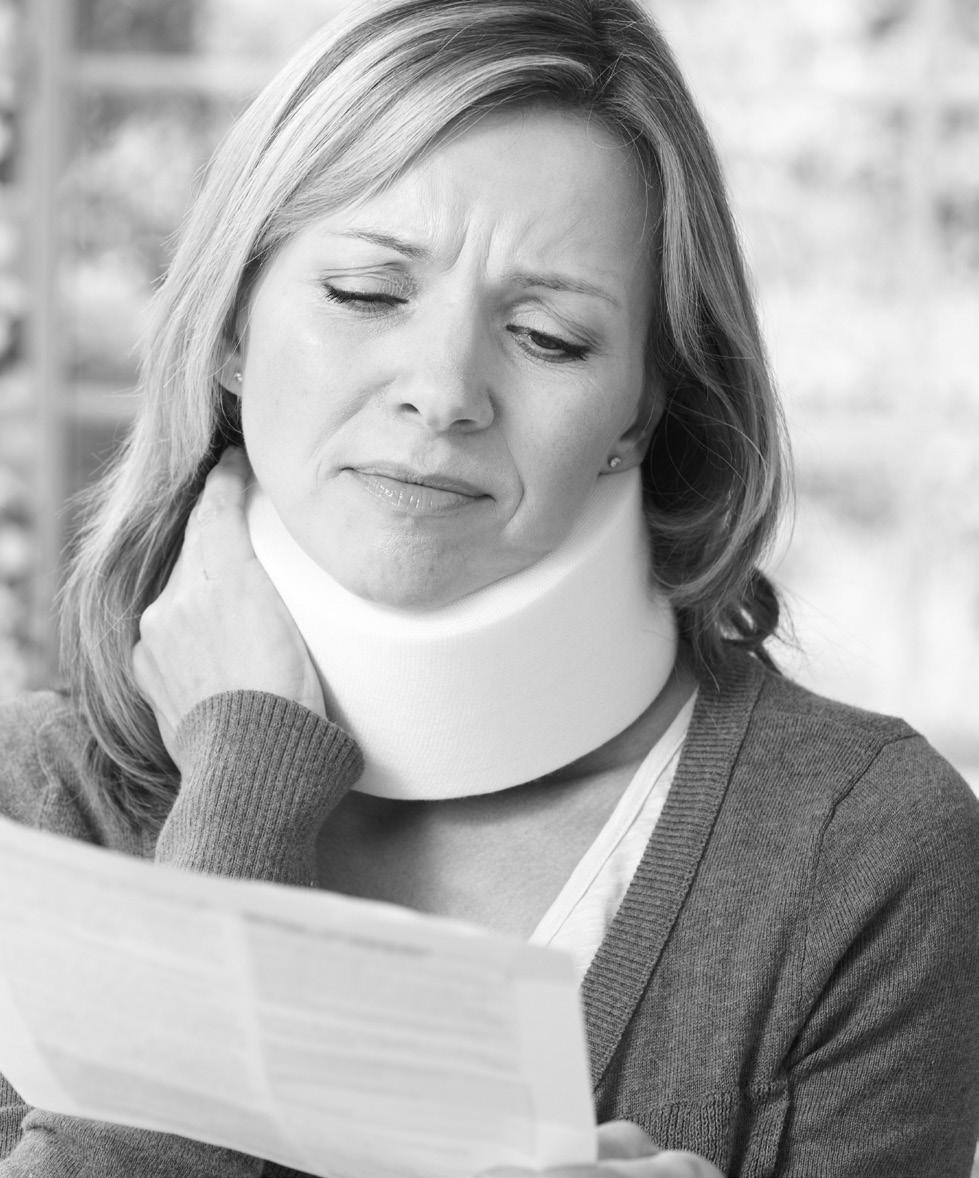
Some claims assessors do not use solicitors and can negotiate directly only with the organisation you believe is responsible for your injury. Claims assessors cannot take court action for you or represent you in court. This means that if they are unable to negotiate compensation for you, you must begin your claim through the Court by using a solicitor. This duplication of effort can lead to substantial delays and may put your claim outside the three-year time frame.
Claims management companies work in different ways, so how you pay them depends on how they work. You may have to pay an upfront fee, the company may make you take out an insurance policy to cover costs (via a loan from them) or they may simply refer you to a solicitor.
Generally, claims assessors and claims management companies act as a go between for you and the solicitor, and may have additional terms and conditions which may not apply if you go direct to a solicitor.
You should be aware that there are no specific rules or regulations covering how claims assessors and claim management companies must work, whereas solicitors must strictly follow the Solicitors Regulation Authority code of conduct and have their own professional insurance against negligence.
The Compensation Act 2006 provides the statutory framework for the regulation of claims management activities. Since April
2007, all companies providing claims management services without authorisation or exemption are committing a criminal offence. Companies offering services in respect of personal injury, criminal injuries compensation, employment matters and industrial injury disablement benefits must be registered with the regulator and are required to meet certain standards.
Consumers can check if companies are registered at www.gov.uk/ government/groups/claimsmanagement-regulator. Authorisation and regulation is carried out by the Claims Management Regulation at the Ministry of Justice. For more detailed advice please consult a solicitor.
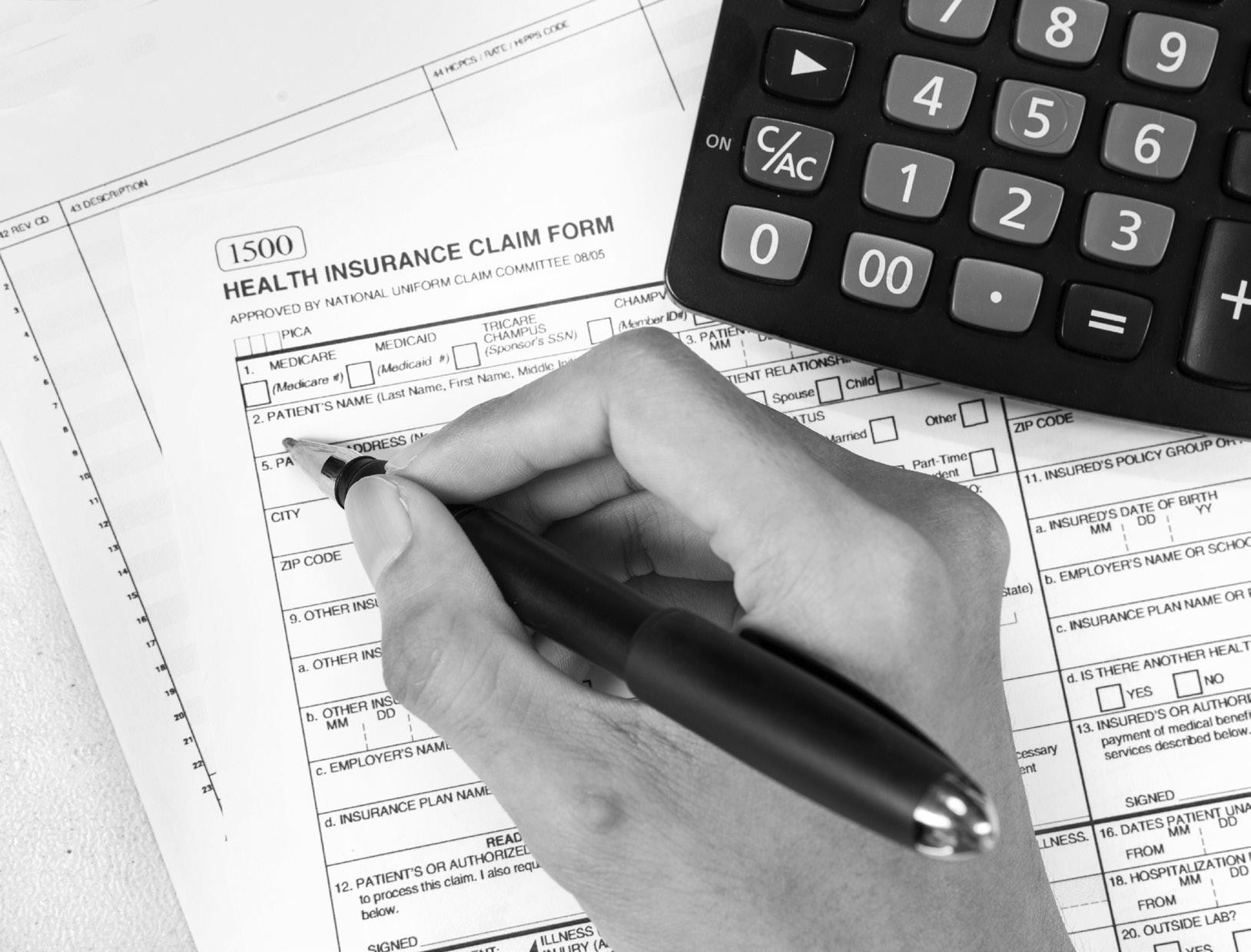
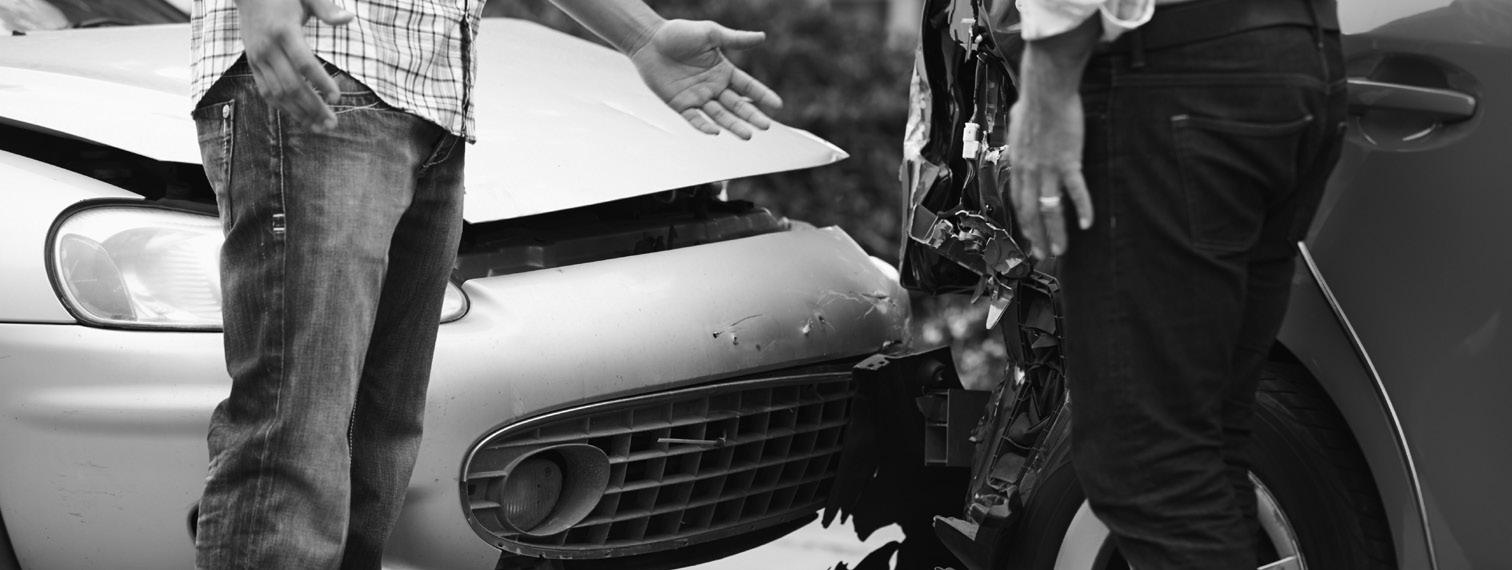
What your Solicitor does Alternative Dispute Resolution (ADR)
As a brief overview, your solicitor will gather evidence and compile details of the medical information of your injury. He will ask for full details of your out-of-pocket expenses and your loss of earnings as a result of the accident or injury. He may also get medical evidence from an independent medical consultant or seek help from expert witnesses in other fields.
Once your solicitor is satisfied that you have a case against the other person or organisation, then contact will be made with their insurance company and a written letter will be sent requesting an admission of liability. If it is appropriate to begin court proceedings, your solicitor may instruct an advocate to present the case in court. Under these circumstances, the insurance company or person against whom you are making a claim must lodge a defence.
In fact, very few personal injury cases actually go to court. In the vast majority of cases, an out of court’ settlement is reached. Your solicitor will act on your behalf and will negotiate with the insurance company to obtain the best possible outcome in terms of compensation.
ADR looks at options for resolving disputes without going to court and encourages people to negotiate a settlement before starting court proceedings.
Road Traffic Accident
Every year, hundreds of people suffer injury through road accidents. Some drivers break the law by not taking out motor insurance and this can present a serious problem if they are in an accident.
The Motor Insurers’ Bureau (see Useful Contacts/Organisation section for contact details), which is funded by the motor insurance companies, has a scheme to help people who are injured in ‘hit and run’ accidents or in accidents involving drivers who are not insured. There are, however, strict rules that apply to making claims under the scheme. If this applies to you then your solicitor will advise you of your options.
Faulty Products or Services
It is possible to make a personal injury claim if your injury was caused by a faulty product or service (e.g., a faulty car or power tool, or an injury sustained at the hairdressers for example). For more information, contact Citizens Advice Consumer Service (see Useful Contacts/ Organisation section for contact details).
Accidents Abroad
If you were injured outside the UK, you usually have to make a claim under the law of the country where your injury occurred, although this may not be the case if the person or organisation responsible is based in the UK (e.g., a package tour operator). Claiming under foreign law is complex and expensive and you should seek expert legal advice from personal injury lawyers who specialise in representing people injured abroad.
Medical Negligence
In medical negligence cases, a report from an independent expert will be required on whether there was negligence. Thereafter a further report on causation will generally be sought to show the link between the negligence and subsequent injuries suffered. It is far more difficult to prove either negligence or causation in a medical negligence context as the courts use a much higher test than that which is applied to other personal injury cases.
Usually, a defender will be liable if he fails to exercise reasonable care, but what is reasonable will be determined by the judge.
Medical negligence is a specialized area of personal injury practice and you are advised to seek the advice of an experienced medical negligence solicitor.
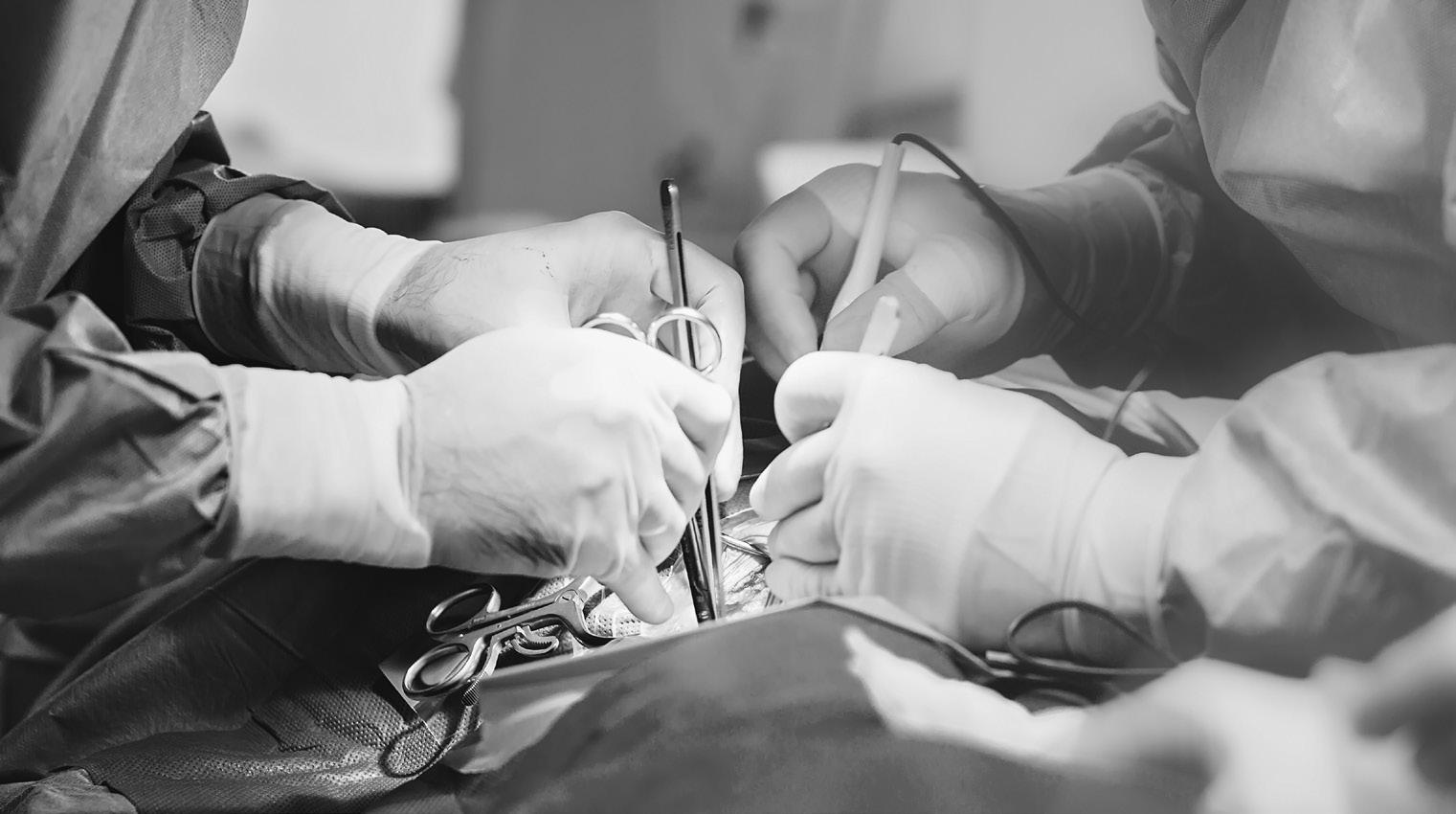

The Compensation payment
Compensation awarded for injuries is tax-free in all instances. Where the award is a sizeable one, allocated on the basis of long-term future loss, your solicitor will guide you in seeking expert advice about investing the money and gaining interest on the capital. Your bank will also be able to recommend help with this.
Criminal Injuries
If you have been the victim of violent crime - for example, an assault or mugging - you may be able to claim compensation. The Criminal Injuries Compensation Scheme can be used for an application for compensation. Claims are dealt with by the Criminal Injuries Compensation Authority (see Useful Contacts/Organisation section).
The offender does not have to have been convicted or even charged with the crime that led to your injury in order for you to make a claim but other eligibility criteria does apply.
A police report will be required so if the crime for which you are seeking compensation has not been reported to the police you will not be able to make a claim.
Your solicitor will be able to advise you, or you can contact the Criminal Injuries Compensation Authority for details.
Claiming Benefits
When an accident forces you to stay away from work, you are initially likely to receive Statutory Sick Pay from your employer, who may ask for evidence of your illness, such as a self-certificate or a doctor’s certificate.
If you become disabled because of an accident, you should claim Industrial Injuries Disablement Benefit (accidents) straight away, although you may not be entitled to benefit for 90 days after the date of the accident.
This is done by completing the BI100A form accidents caused by work or the BI100PD form for diseases caused by work - ‘Industrial Injuries Disablement Benefit’ - which you can obtain from your regional disablement benefit office or download via www.gov.uk.
You must claim no later than six months after the date of your accident.
Alternatively, you may be entitled to benefits such as Constant Attendance Allowance, Exceptionally Severe Disablement Allowance, Reduce Earnings Allowance or Pneumoconiosis Etc. (Workers’ Compensations) Act 1979 or Diffuse Mesothelioma Payment.
For further details, please see our booklet ‘Work Related Injuries, Diseases & Employment Issues’. www.gov.uk also offers comprehensive information and your solicitors will also advise you accordingly.
JARGON BUSTER
ATE Insurance
ATE is short for ‘after-the-event’ insurance. This is an insurance policy you can take out after an accident has already happened so that you can pursue a compensation claim. If your claim is not successful, the insurance policy should pay your opponent’s legal costs and disbursements (expenses). Your solicitor will advise you fully on this aspect of your claim.
Basic Charges
The amount a solicitor charges for the legal work involved in handling your claim. They are calculated using either an hourly rate or fixed costs, depending on the protocol the claim has been dealt under. If an hourly rate is applied, these rates may vary depending on the experience of the person doing the work. Your solicitor will explain to you how their basic charges are calculated and put it in writing.
Breach of Contract
A contract is ‘breached’ if it has been broken or ignored in some way, for example, if your car comes back from the garage after a service and it doesn’t work, the garage will have breached its contract with you.
Clinical Negligence
The legal term used to describe a medical accident where someone has been harmed because a doctor or other healthcare professional has not given the proper standard of care. But not all complications or medical procedures that don’t work are clinical negligence, because sometimes what happened could not have been avoided.
Conditional Fee
BTE is short for ‘before-the-event’ insurance. It is also known as legal expenses insurance and is often offered as an optional extra when you take out car and household contents insurance. Some credit cards have BTE insurance, but it can be taken out as separate insurance, too. BTE insurance may pay for the legal costs of making a claim for compensation, whether you win or lose. Your solicitor will be able to check the terms and conditions of any BTE insurance you have and tell you what it will and will not cover.
This is a contract between you and your solicitor under which your solicitor will not get paid for their work unless you win your case. This agreement is more widely referred to as a ‘no win no fee agreement’. Should you lose though you may still be liable for your opponent’s costs. Your solicitors will advise you on the merits of obtaining ATE insurance to cover such an eventuality.
Damages
The money you are awarded as compensation, either after a court hearing or by reaching an agreement before getting to court.
Disbursements Personal Injury
Disbursements are expenses, such as court fees, medical reports and police accident reports. Your solicitor may pay these for you at the start of your claim and get repaid by your opponent if your claim is successful. If you don’t win your claim, these costs can be paid under some afterthe-event insurance policies.
Limitation Period
This is the period of time within which you must make a claim for compensation. It is usually three years for personal injury cases and six years for other claims. After this time, you are very unlikely to be able to make a claim, although there are exceptions to this. Your solicitor will advise you about the limitation period that applies in your particular case. This is a good reason for seeing a solicitor as soon as you think you may have a possible claim for compensation.
Negligence
Other Side, Opponent
Negligence is when a person or organisation doesn’t take reasonable care over something where they have a duty to do so, for example, failing to drive carefully. If you are injured because someone was negligent (they did something they shouldn’t, or didn’t do something they should), you may be able to claim compensation. These are the different terms you may hear used to describe the organisation, person or defendant from whom you are claiming compensation.
Any injury you suffer is personal, but in legal terms, a personal injury for which you can claim compensation is where a person, or a company is to blame (at least partly) for your injuries. An injury need not be physical – you may be able to claim compensation for mental and psychological injury.
Statutory Duty
This is a legal responsibility to do something set out in an Act of Parliament. So, for example, employers are under a statutory duty to protect the health and safety of their employees. If an employer fails to do this they are said to be ‘in breach of their statutory duty’.
Success Fee
Solicitors who act under a Conditional Fee Agreement usually charge an extra fee on top of their basic charges if you win your case. This charge reflects the risks of running a case which might fail and result in the solicitor being paid nothing. This is called a success fee. It is a proportion of your solicitor’s basic charges and cannot be more than 100 per cent of the basic fee itself. Your solicitor should explain their success fee before you start your claim. If you win your case, legislation limits the amount of the success fee to a maximum of 25% of your compensation for pain, suffering, loss of amenity and past losses and is payable out of your compensation.
USEFUL CONTACTS/ ORGANISATIONS
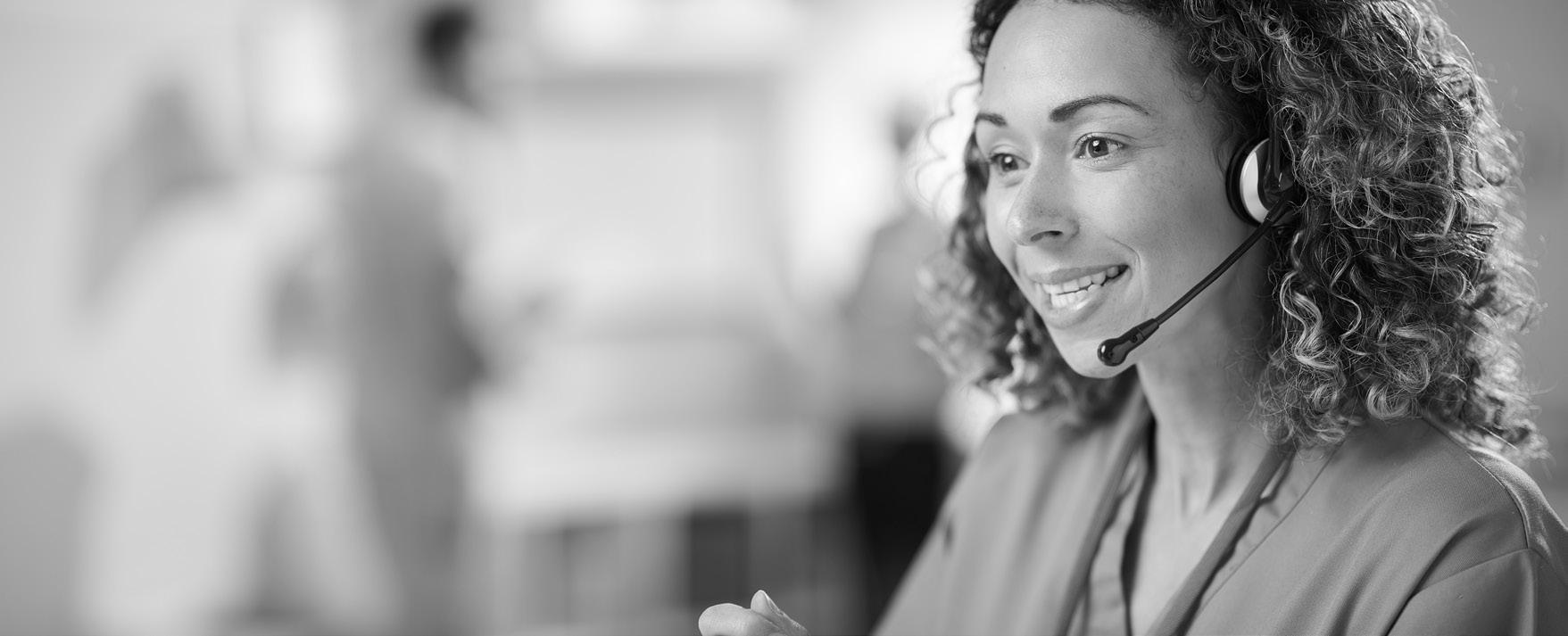
Action against Medical Accidents
Freedman House, Christopher Wren Yard, 117 High Street, Croydon CR0 1QG
Visit our help and advice section of our website.
Advice Now
Provides information and practical guides to help manage life’s legal problems.
Association of Personal Injury Lawyers (APIL)
3 Alder Court, Rennie Hogg Road, Nottingham, NG2 1RX
Call APIL for a list of APIL members in your area
Benefits
Helpline 0845 123 2352 Mon – Fri 10am – 3.30pm

Email: Via the online contact form www.avma.org.uk
www.advicenow.org.uk
General Enquiries 0115 943 5400
Email us via the online contact form www.apil.org.uk
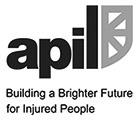
www.gov.uk/browse/benefits
Brake
Brake supports people who have been bereaved or seriously injured in a road crash, as well as the family, friends and professionals supporting them. Support is provided via highly acclaimed literature and through a telephone helpline staffed by professionals. Brake produces a range of literature to support those bereaved or seriously injured following a road crash. Literature includes information and advice to help with the immediate practical issues people may face, coping with emotions and feelings following a crash, criminal prosecutions, and finding appropriate legal support.
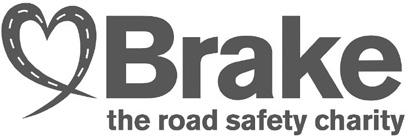
Victim Helpline 0808 800 0401
Email: help@brake.org.uk www.brake.org.uk
Citizens Advice Scotland
For free, independent and impartial advice visit our website from the link below
Criminal Injuries Compensation Authority (CICA)
CICA deal with compensation claims from people who have been physically or mentally injured because they were the blameless victim of a violent crime in England, Scotland or Wales.
Epilepsy Society UK
Epilepsy Society is the UK’s leading epilepsy medical research charity and provider of epilepsy services. As a national charity, we offer support to everyone affected by the condition and strive to raise awareness of epilepsy. Our centre of medical excellence provides the latest diagnostic tests, assessments and treatment. Epilepsy Society’s globally renowned pioneering research is making great strides in finding the underlying causes of epilepsy and optimising seizure control. We offer a comprehensive range of care services, information and training for individuals and healthcare professionals. We campaign to ensure the voice of people affected by epilepsy is heard, and work in partnership with other neurological organisations to influence decision makers.
Headway
The Brain Injury Association, Bradbury House, 190 Bagnall Road, Old Basford, Nottingham, NG6 8SF
Huntley Advice Bureau
Huntley Business Centre, 55 Gordon Street, Huntley AB54 8EQ
The Law Society of Scotland
Atria one, 144 Morrison St, Edinburgh, EH3 8EX
Helpline 0800 028 1450
www.cas.org.uk or www.adviceguide.org.uk/sco
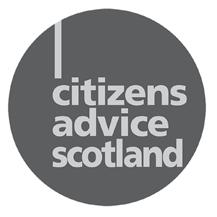
Helpline: 0808 304 2238 or complete an online claims form
www.cica-criminal-injuries.co.uk
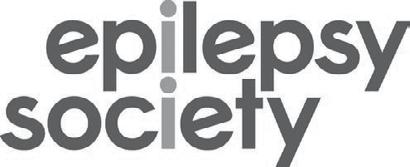
Confidential Epilepsy Helpline 01494 601 400 Tue, Thur & Fri 9am – 4pm Mon & Wed 9am – 7.30pm National call rate.
Email: helpline@epilespysociety.org.uk www.epilepsysociety.org.uk
General Enquiries 0115 924 0800 Email: enquiries@headway.org.uk
Helpline 0808 800 22 44 - Free & confidential Email: helpline@headway.org.uk www.headway.org.uk
Tel: 01466 793676 Mon-Fri 10am – 12pm (closed for lunch 12.30pm – 1pm)
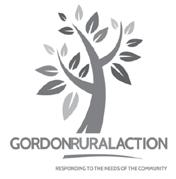
Email: enquiries@gordonrural.org.uk www.gordonruralaction.org.uk
Tel: 0131 226 7411 Textphone: 0131 476 8359

Email: lawscot@lawscot.org.uk www.lawscot.org.uk
LGBT+ Switchboard
At Switchboard we provide information, support and referral service for lesbians, gay men and bisexual and trans people – and anyone considering issues around their sexuality and/or gender identity.
Ministry of Justice
102 Petty France, Westminster, London, SW1H 9AJ
Motor Insurers’ Bureau
Linford Wood House, 6-12 Capital Drive, Linford Wood, Milton Keynes, MK14 6XT
Helping victims of uninsured and hit-and-run drivers
RoadPeace
Shakespeare Business Centre, 3rd Floor, 3Space International House, 6 Canterbury Crescent, London, SW9 7QD
RoadPeace is a National Charity which supports practical and emotional support to those bereaved or injured in road crashes.
Scottish
Government
Access to public services in Scotland
Stroke Association
Stroke Association House, 240 City Road, London EC1V 2PR
At the Stroke Association we believe in life after stroke. We support stroke survivors to make the best recovery they can.
Well Aware
Health and Wellbeing at your fingertips! Well Aware is a website run by The Care Forum with lots of information about 1,000s of health, wellbeing and community services.
The Well Aware Team at The Care Forum will search for information for you.
Tel: 0800 0119 100 Open 10am – 10pm every day
www.switchboard.lgbt
General Enquiries 020 3334 3555 Mon – Fri 9am – 5pm
www.gov.uk/government/organisations/ ministry-ofjustice
Visit our website for more information on how to make a claim.
Email: Via the online contact form www.mib.org.uk
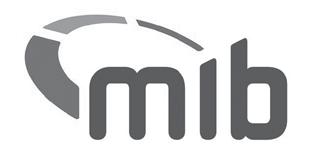
Office: 0207 733 1603
Helpline: 0800 160 1069
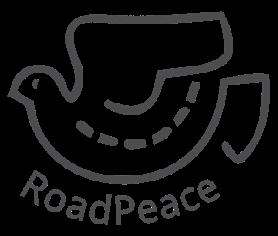
Email: info@roadpeace.org www.roadpeace.org
www.mygov.scot
Helpline 0303 3033 100
Email: helpline@stroke.org.uk
Supporter Relations Team
Tel: 0300 3300 740
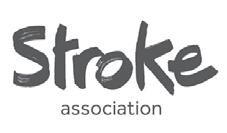
Email: supporter.relations@stroke.org.uk
Email: info@stroke.org.uk www.stroke.org.uk
0808 808 5252 This call is FREE
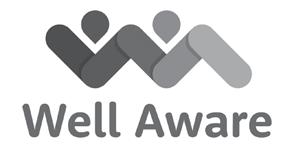
Email: info@wellaware.org.uk www.wellaware.org.uk today and try it yourself

ABOUT THIS GUIDE
The information provided in this publication is given in good faith and is in no way connected to or affiliated with any of the organisations contained within this publication. The information supplied should not be taken as legal advice.
The content is also not intended to replace other healthcare professional advice that you may be encouraged to seek professional advice should be sought where appropriate. Any rates and information contained within this publication was correct at the time of print in April 2024.
As benefit entitlements change regularly, you are advised to contact the benefits enquiry line or your local jobcentre plus for information about current entitlements.
Publishers of The Healthcare Media range of literature, distributed to over 158 health districts throughout the UK.
In addition to this title you may find the following titles of interest.
Bereavement
Injury Advice
Making a Will and Funeral Planning
Older Persons Community Care
Mobility Advice
Private Healthcare
Regaining Your Independence
Relationship Breakdown
Sight & Hearing
Work Related Injuries & Disease /Employment Issues
Pregnancy & Parenthood
Regional GP Appointment Cards
GP Antenatal Appointment Cards
For further details please visit our website at www.impactonlife.com or complete the publication order form, to obtain a free of charge copy of any title.

Please save me or recycle


Accident / Negligence
MML Law have been assisting clients with accident, medical and personal injury claims for more than 25 years. You have three years from the date of an accident/ medical negligence to raise a claim for compensation.
Speak to us today if you’ve been injured or physically impaired through no fault of your own. Occasionally, those responsible for carrying out medical procedures can make mistakes, and treatment may fall below the appropriate standard. If this happens, MML Law can assist and advise you.
Legal Services:

Accident / Negligence
Criminal Law
Dispute Resolution
Employment Law
Family/Separation
Future Planning
Regulatory Representation


Meadowplace Building Bell Street, Dundee DD1 1EJ
https://www.mmllegal.co.uk/legal-services/accident-negligence
